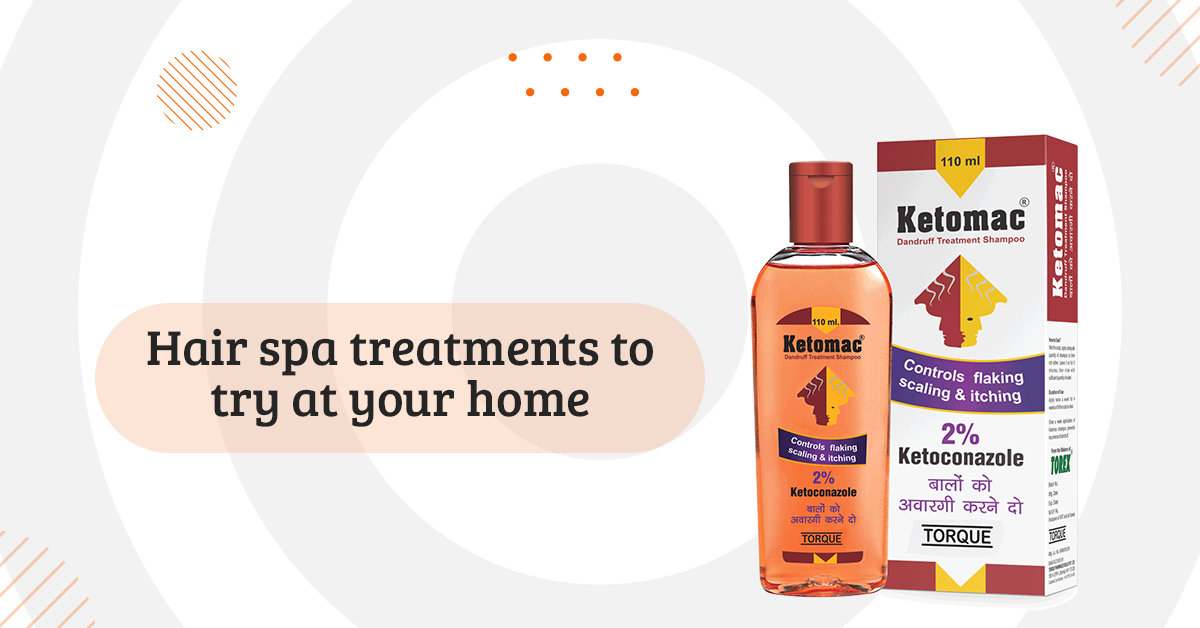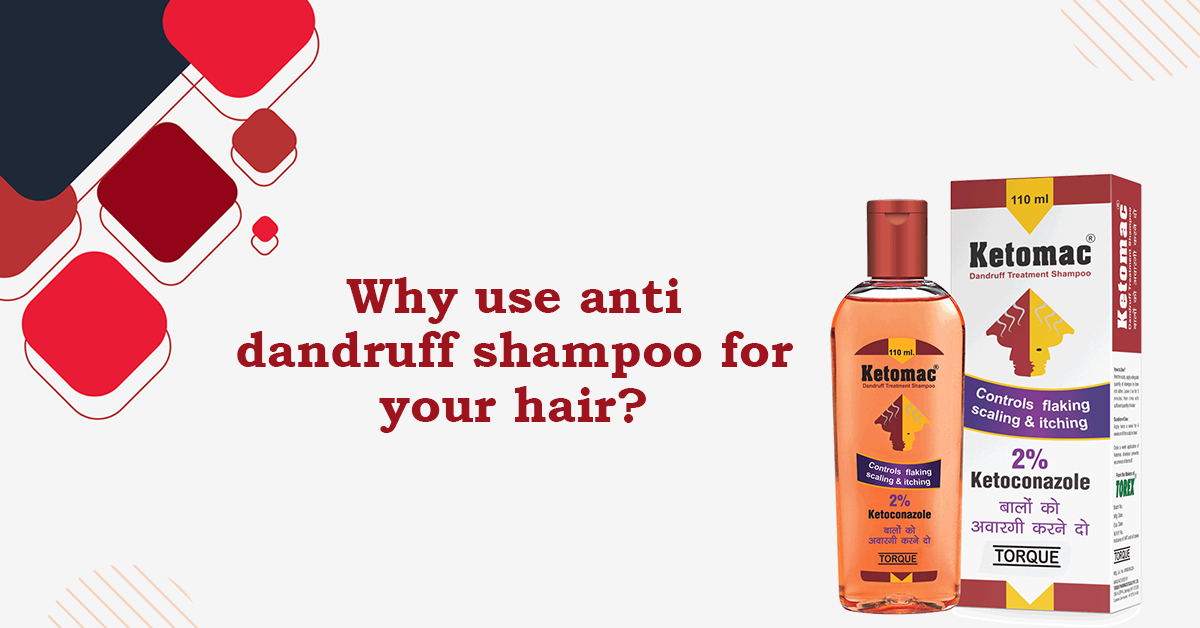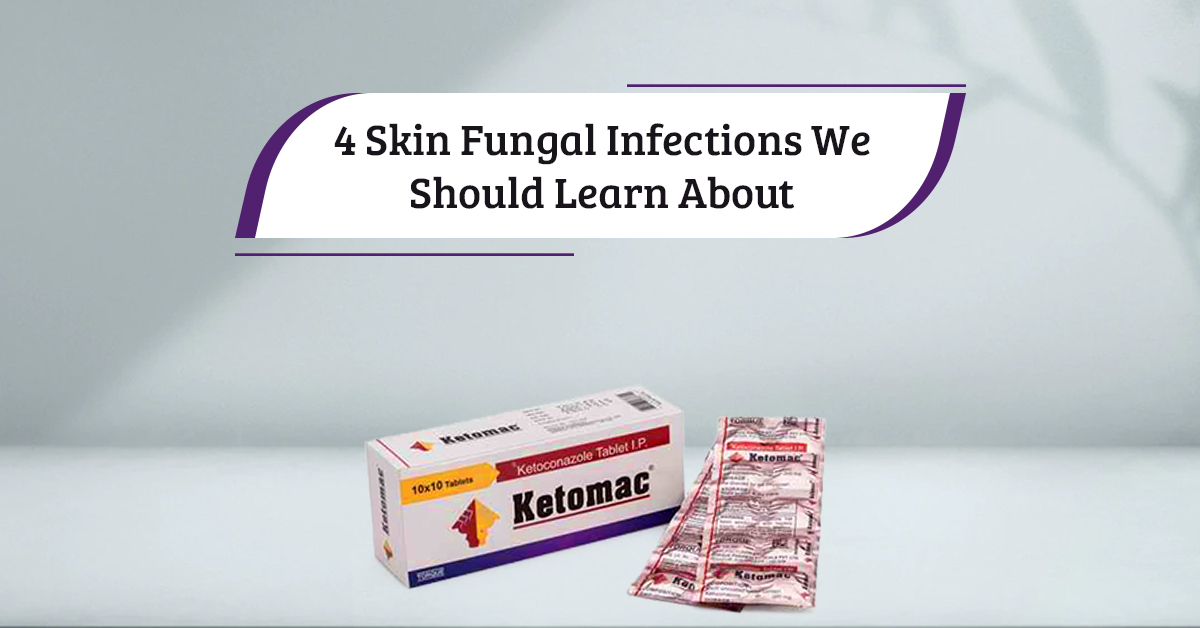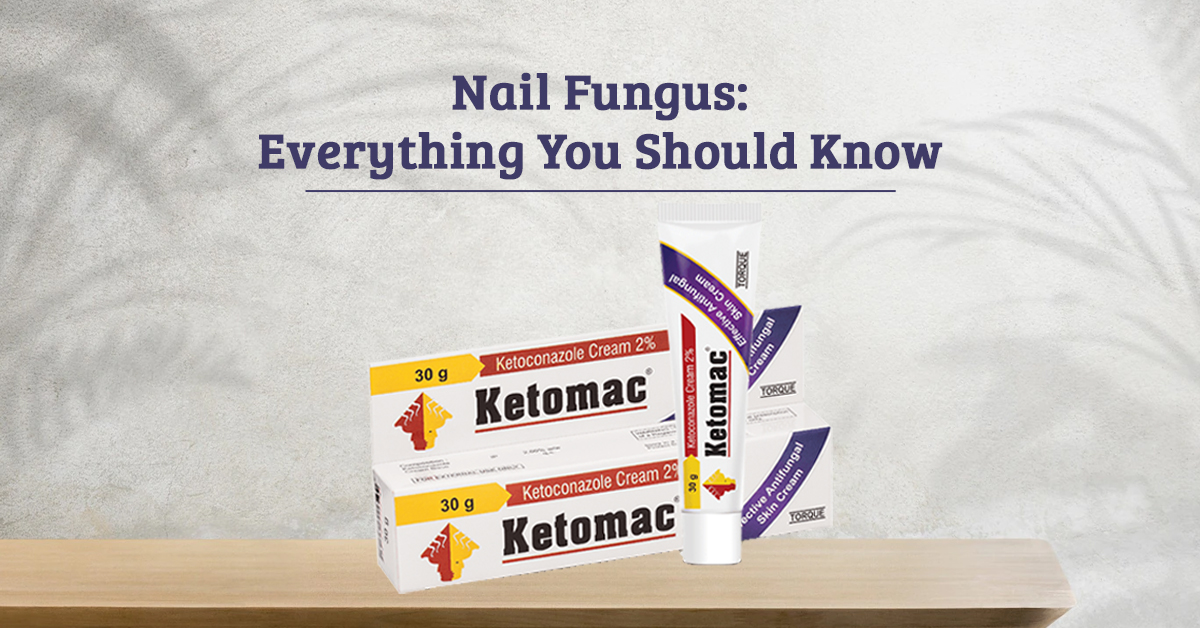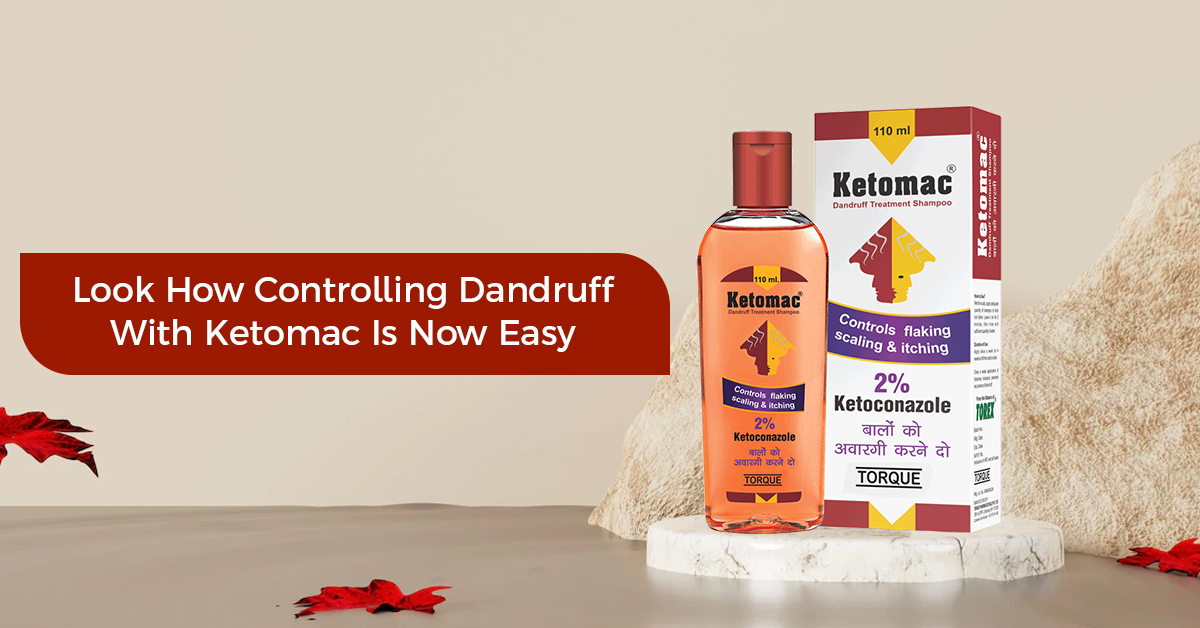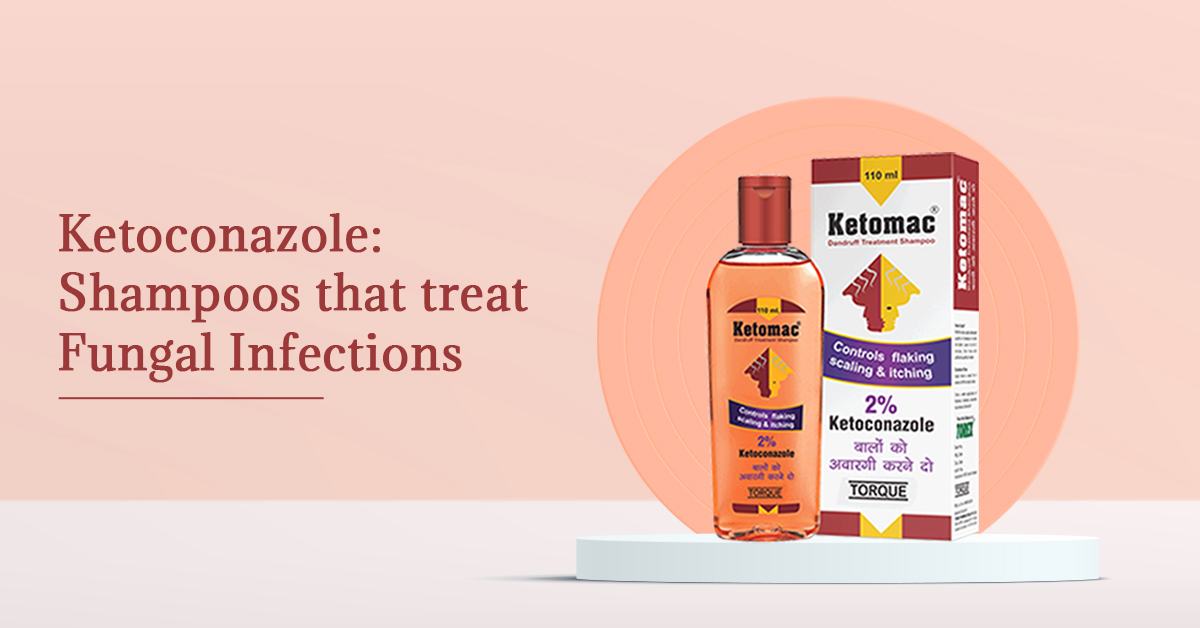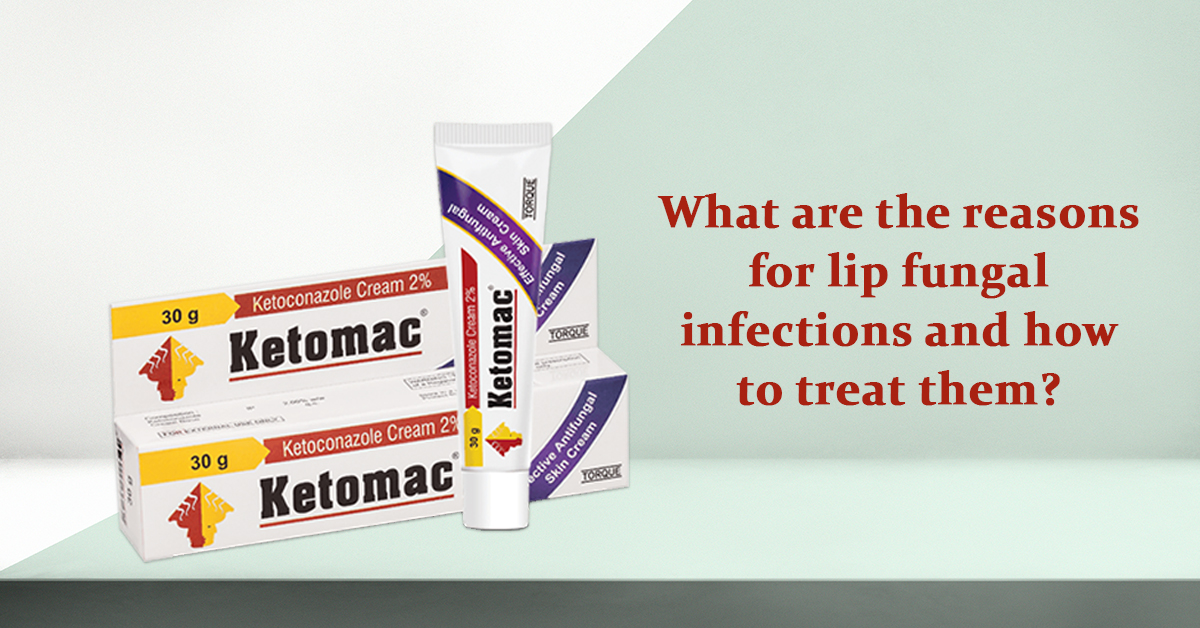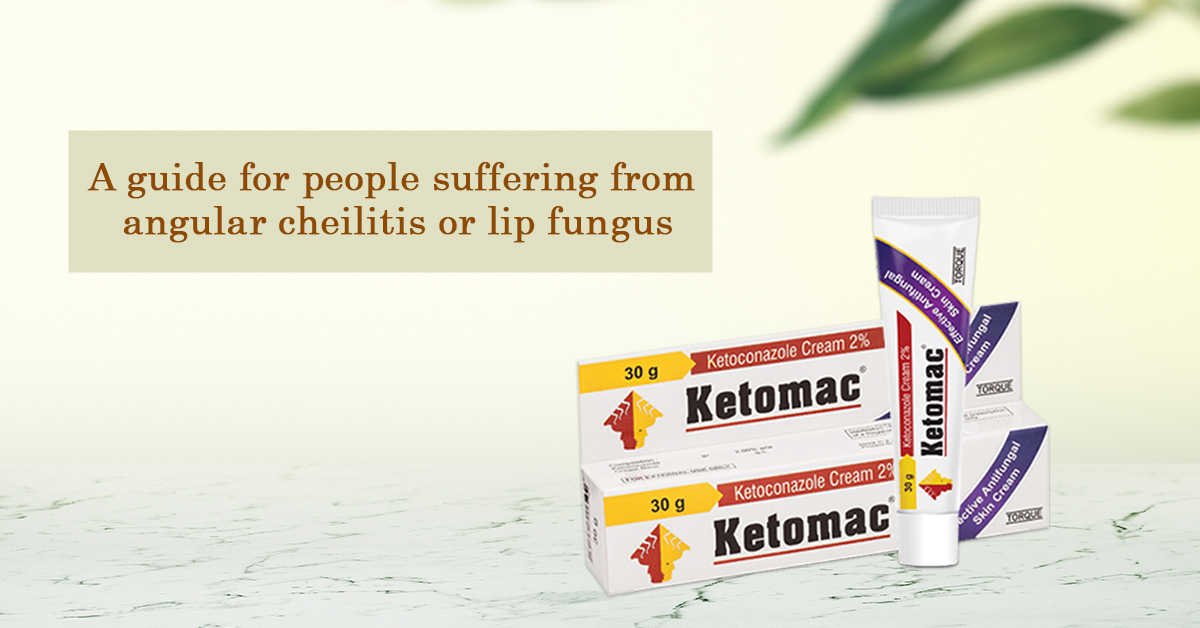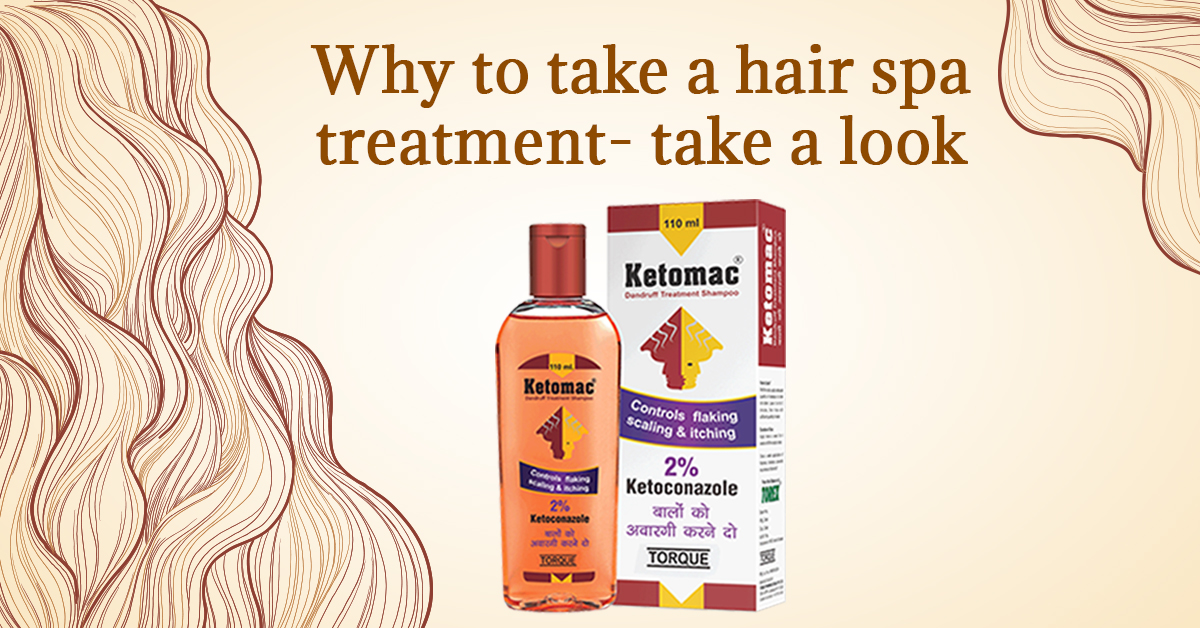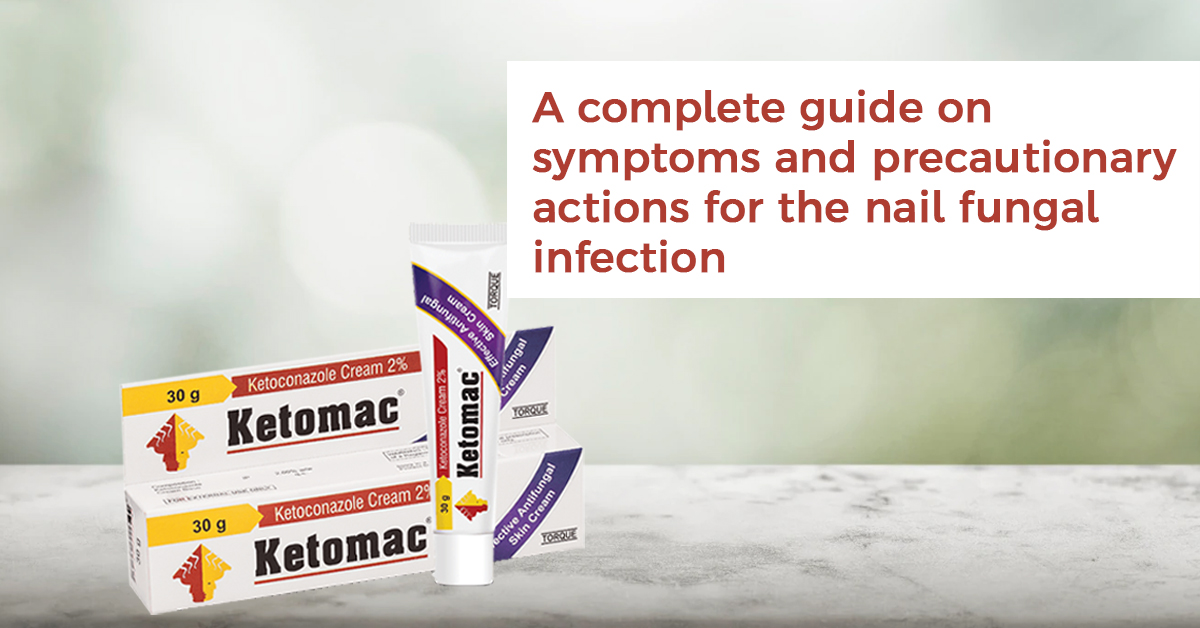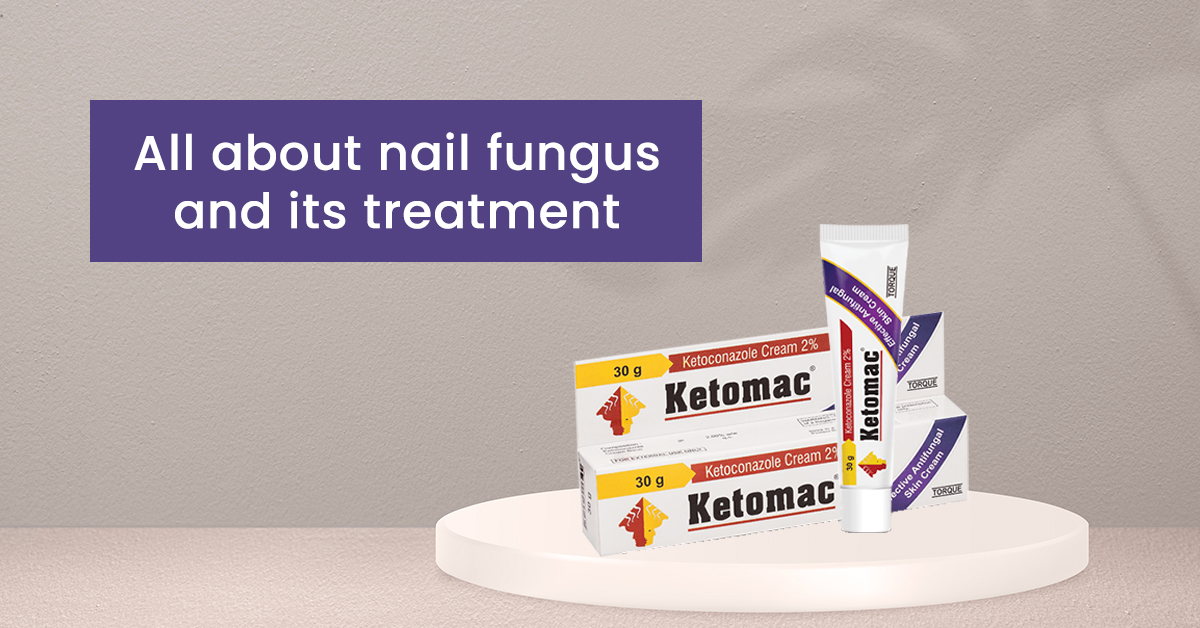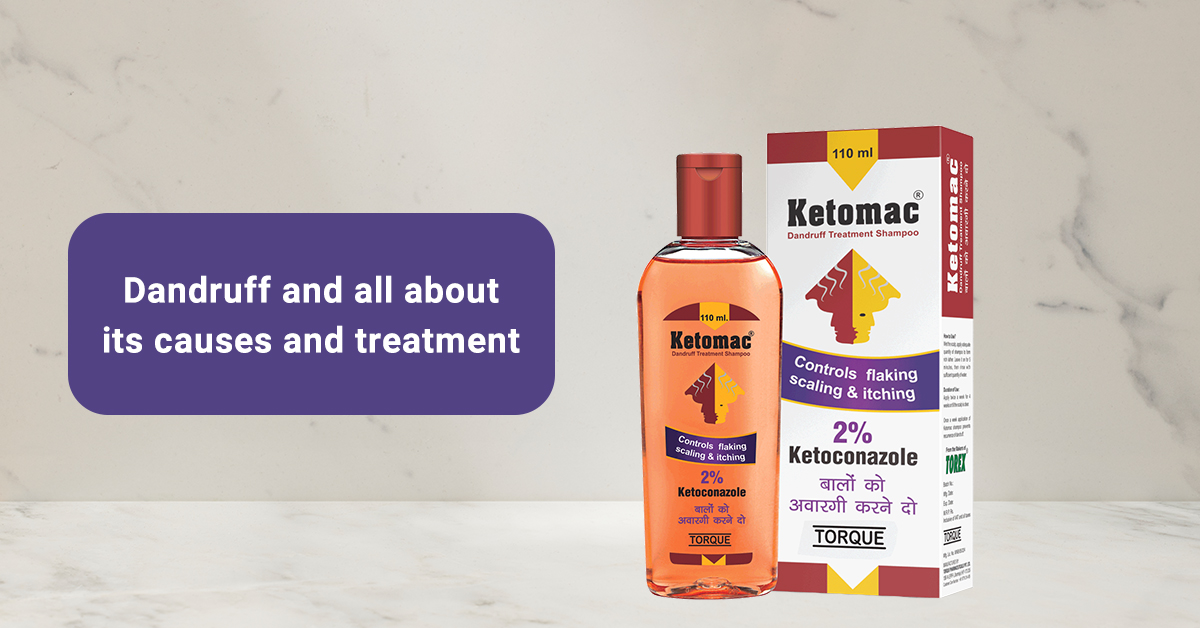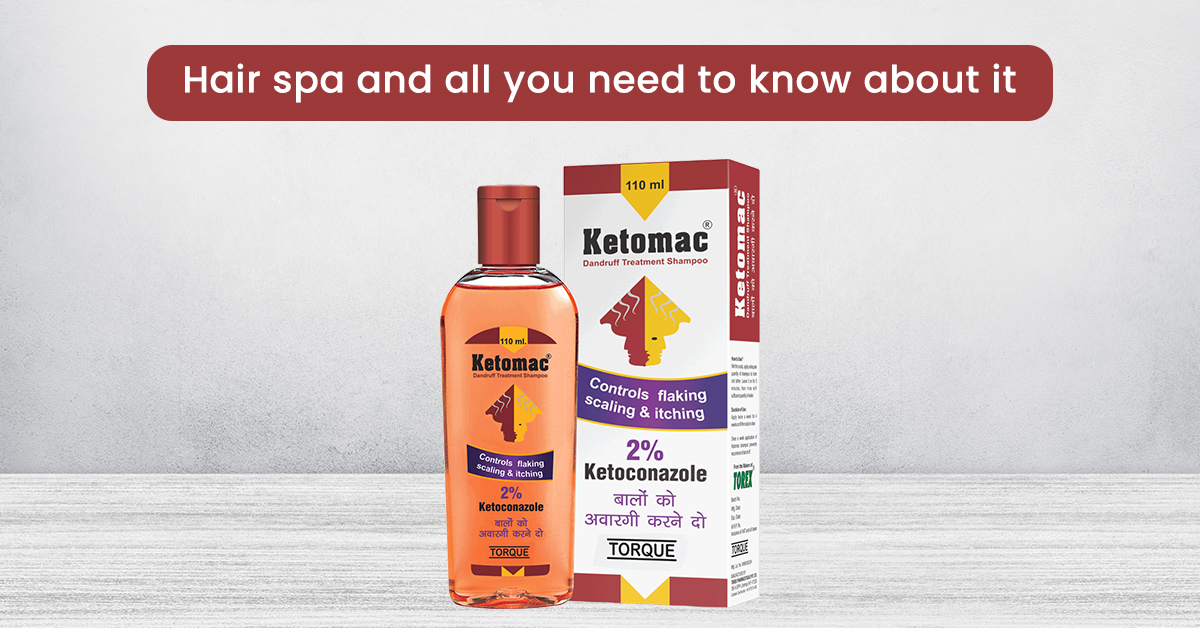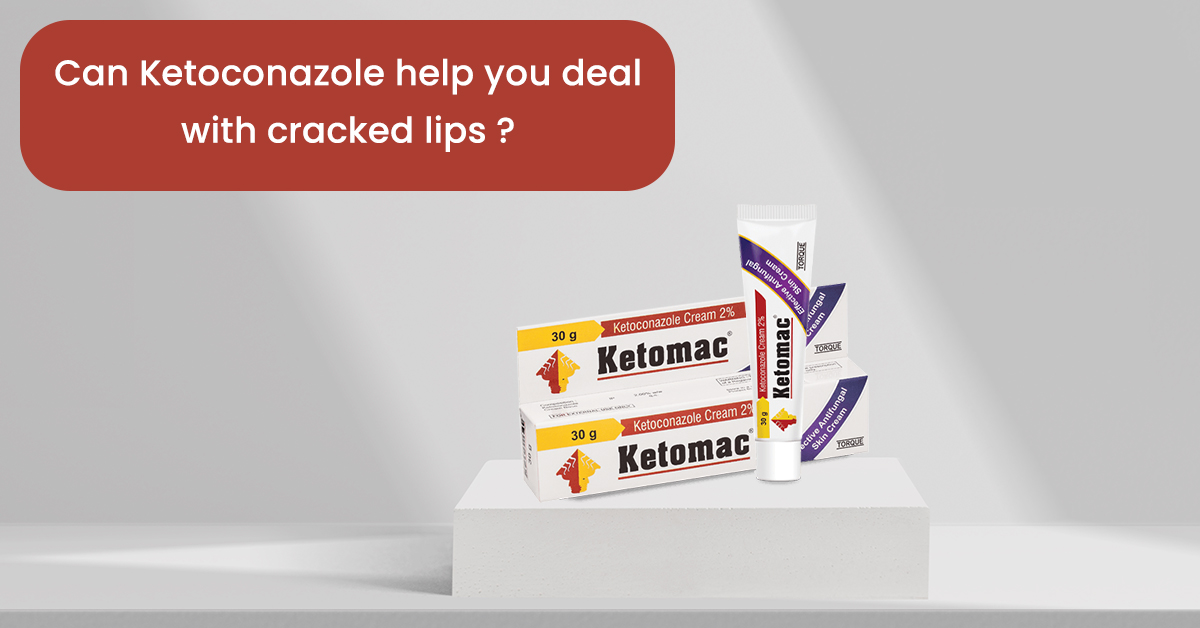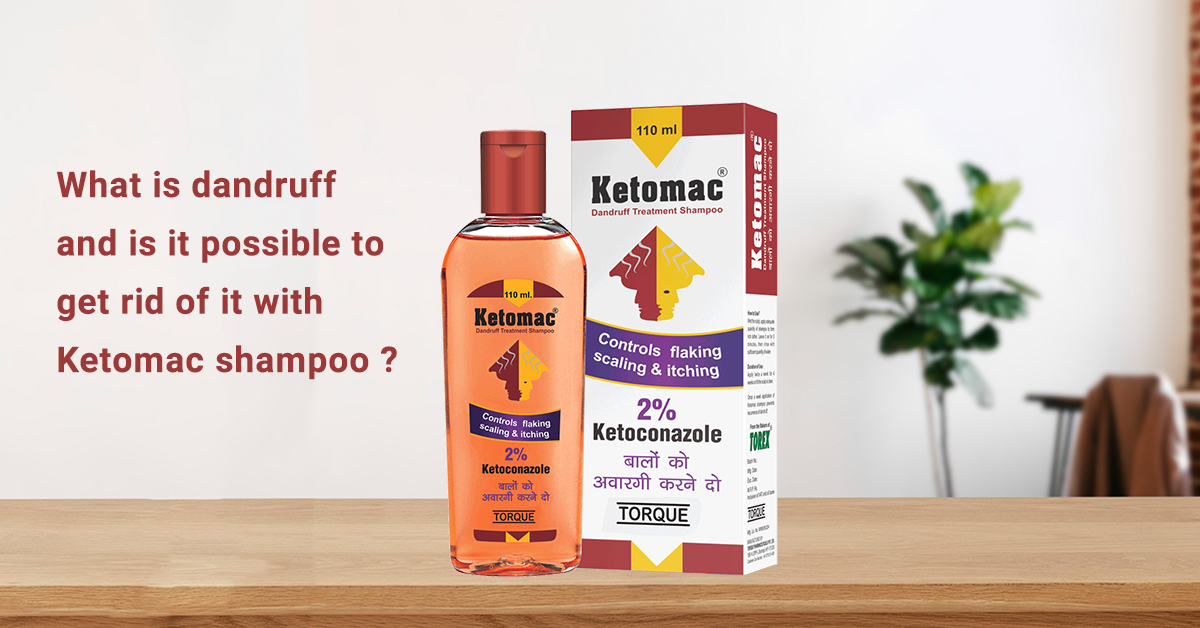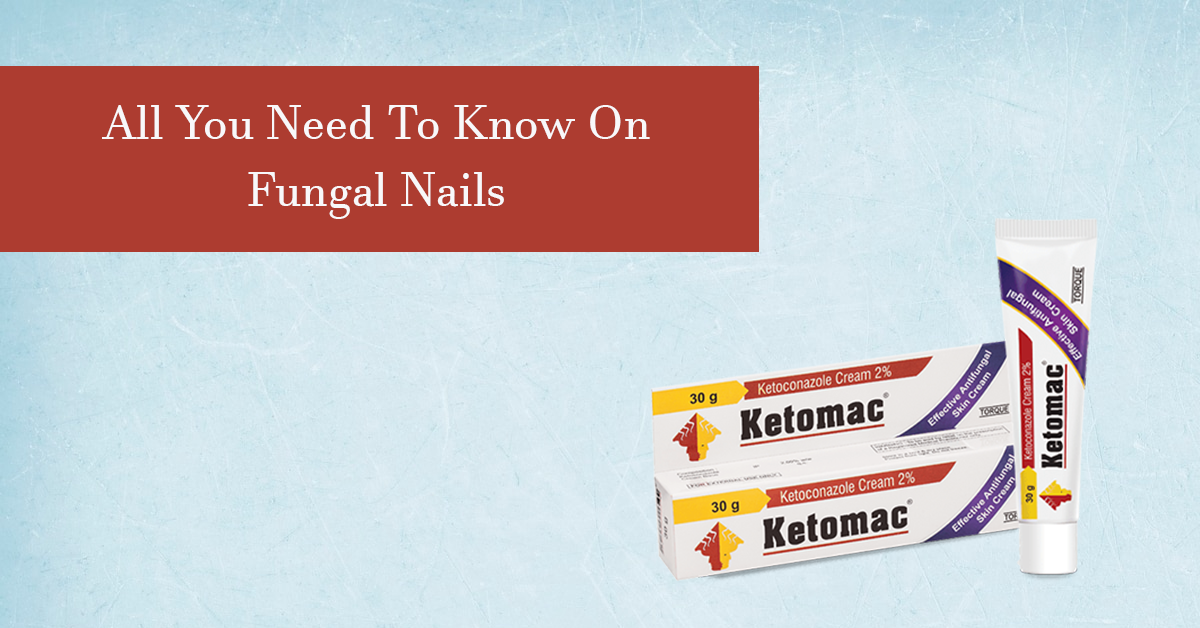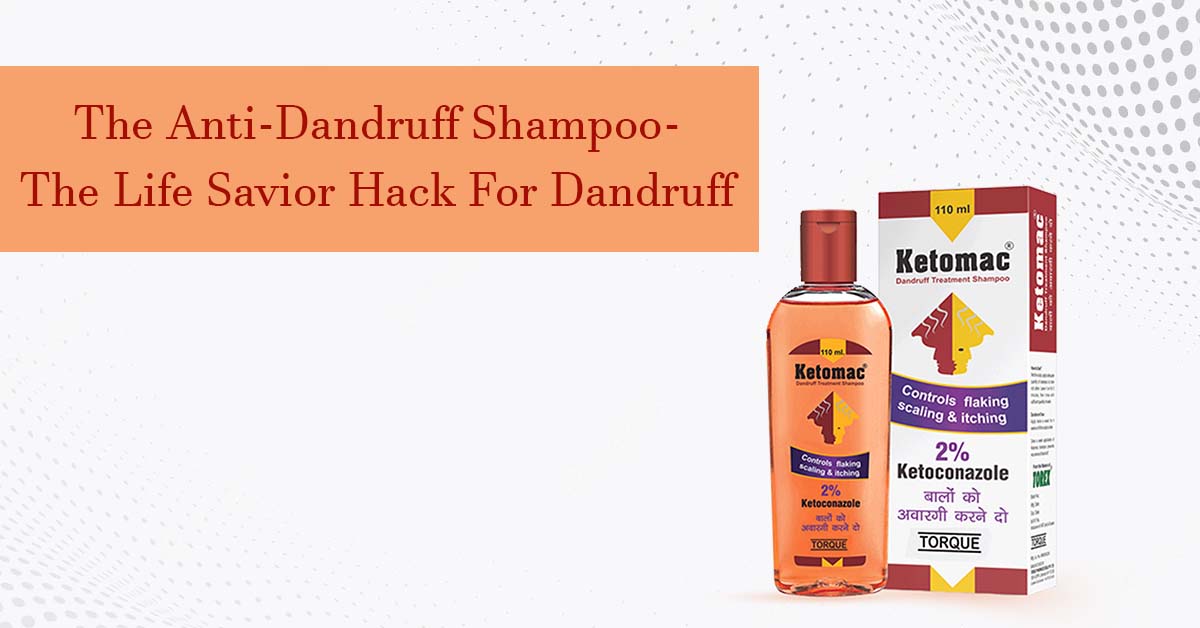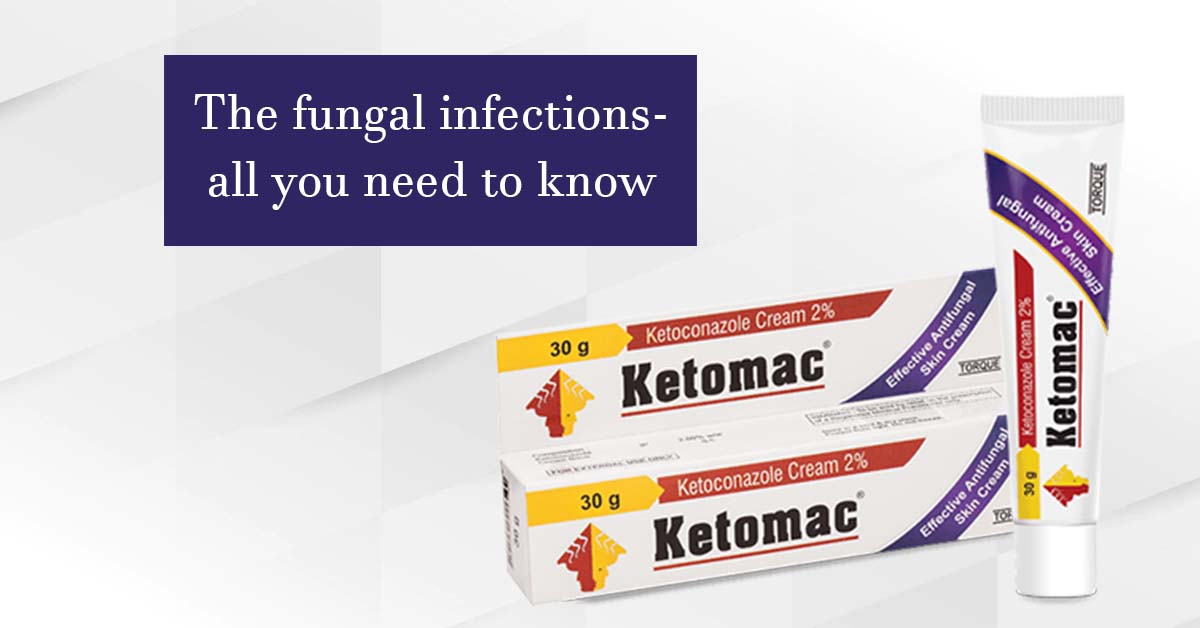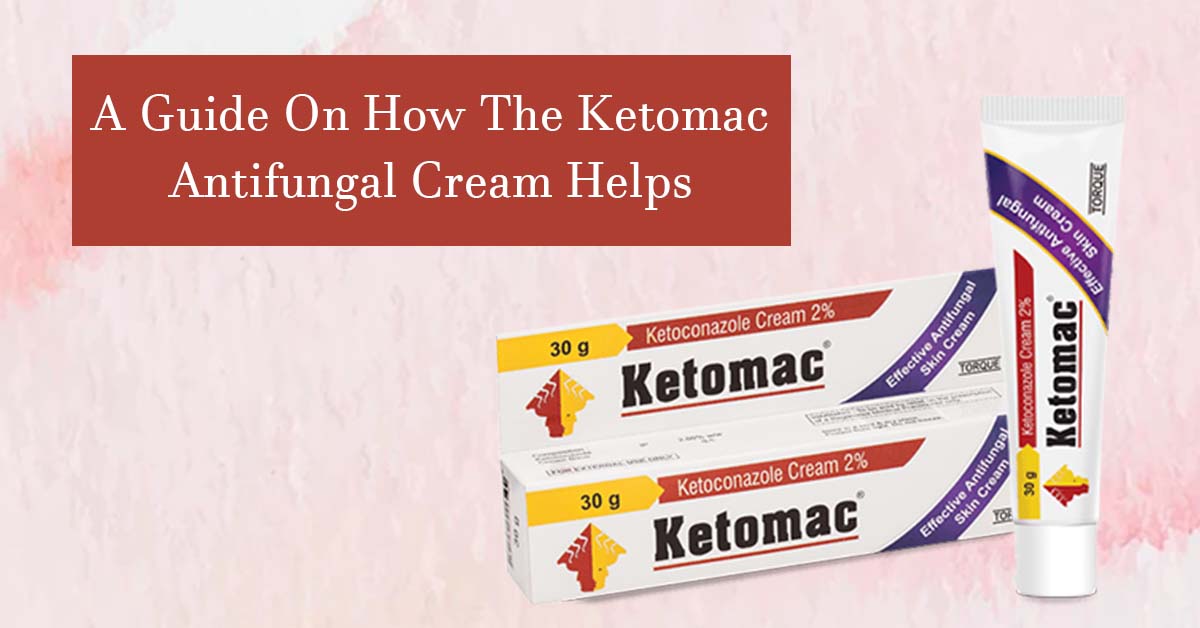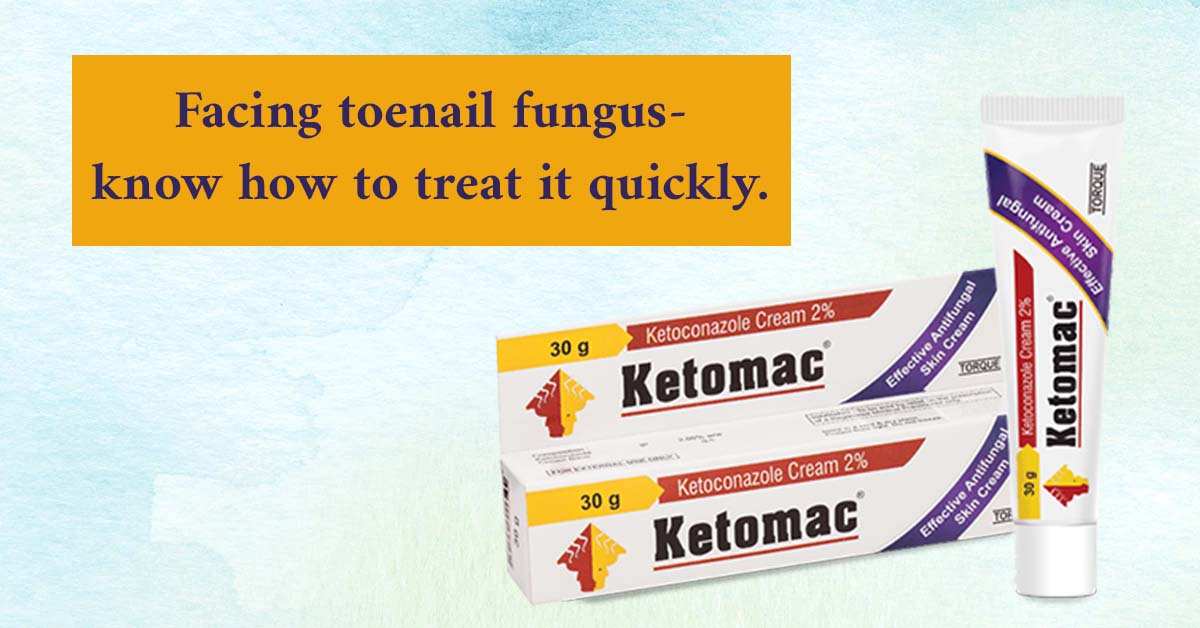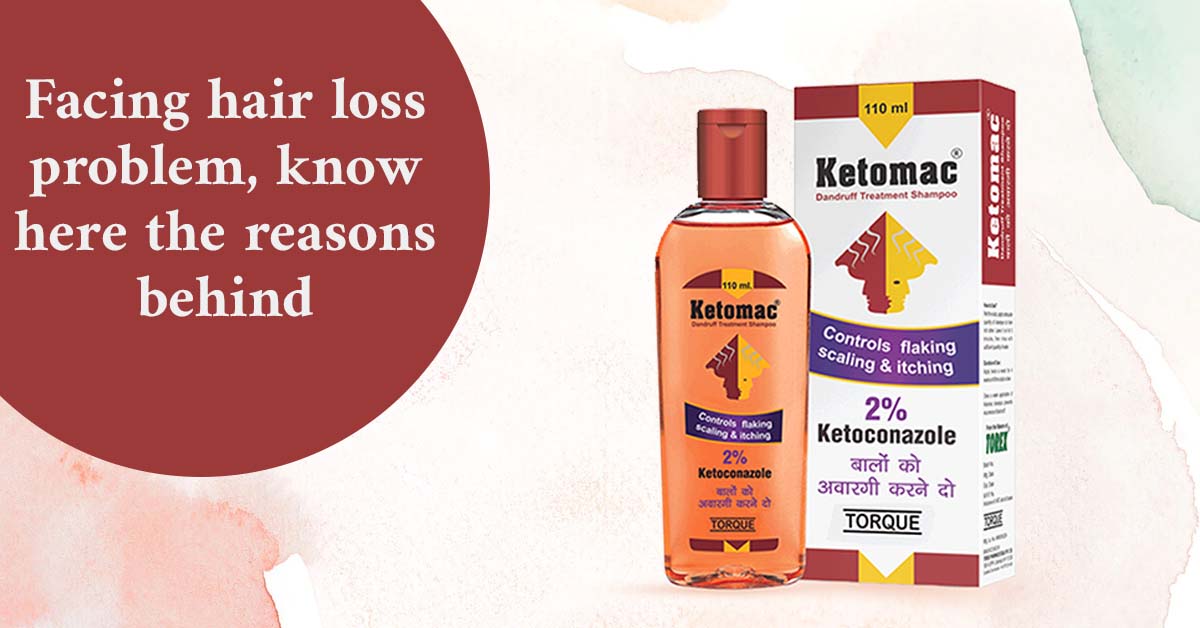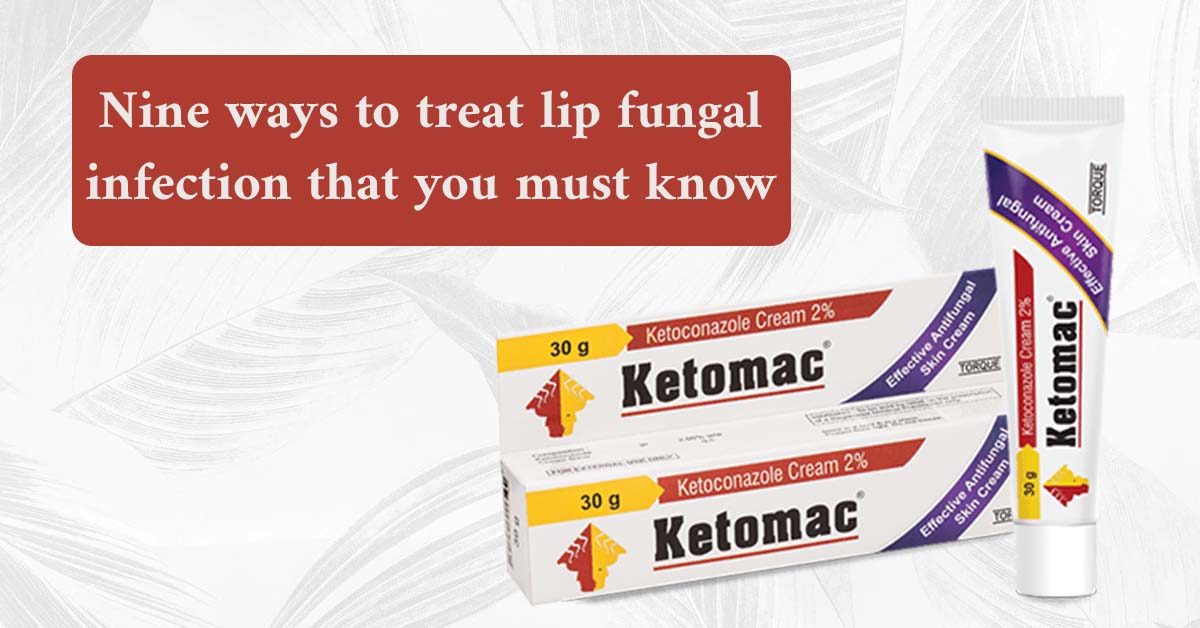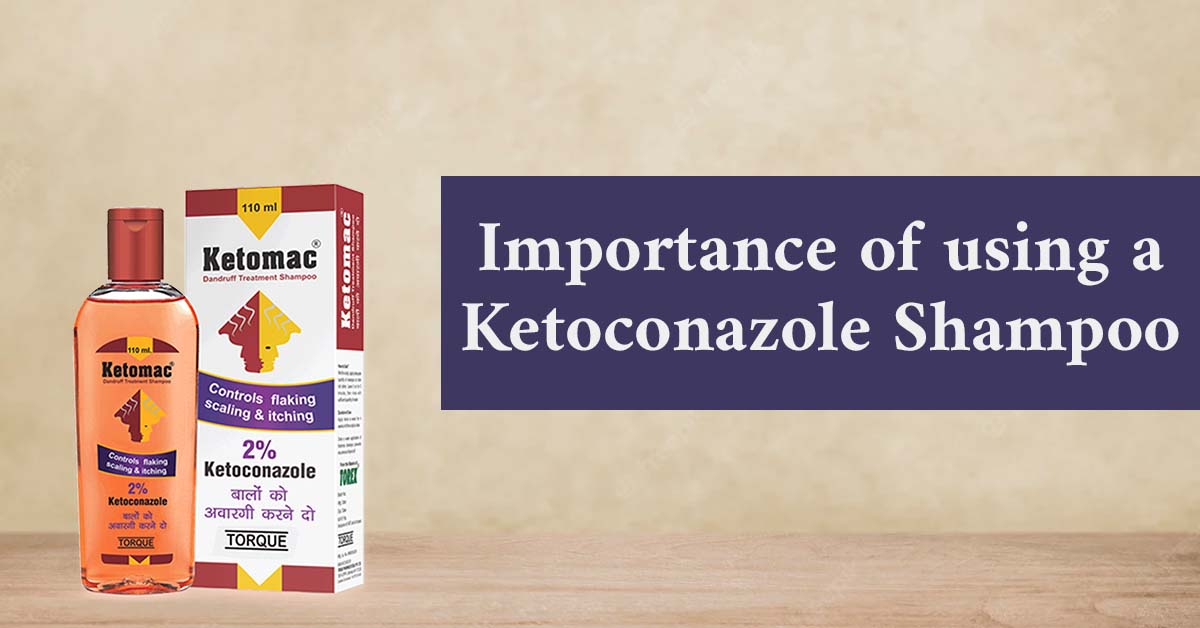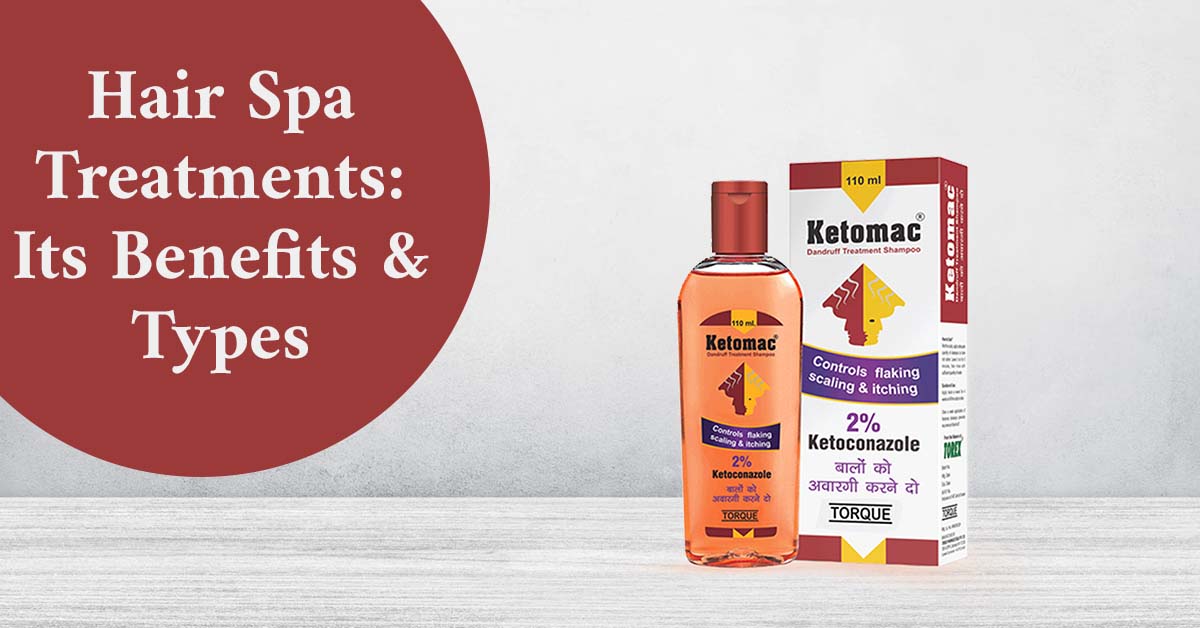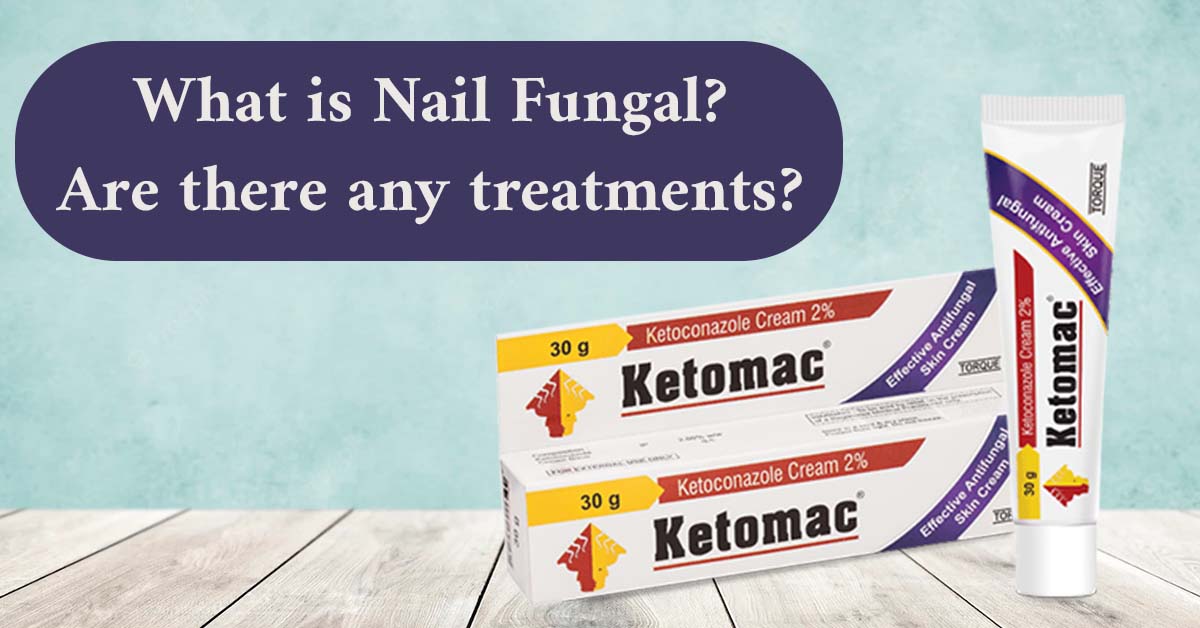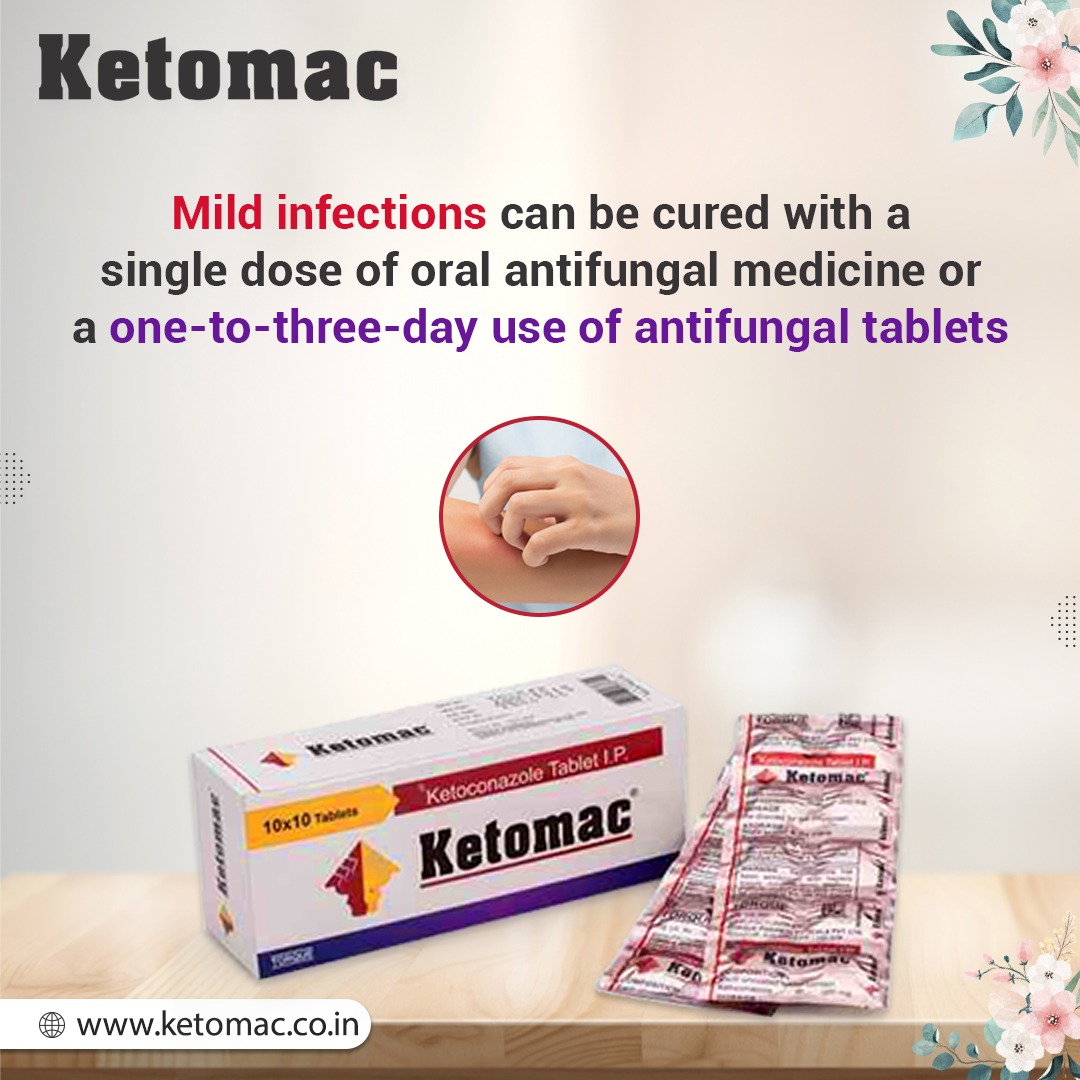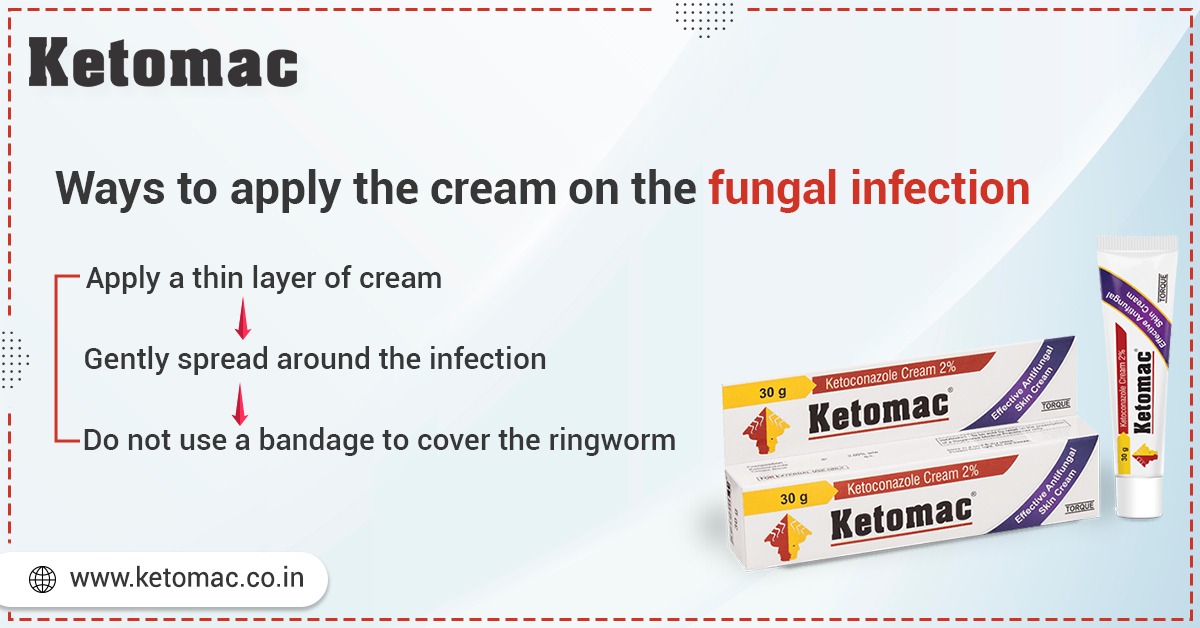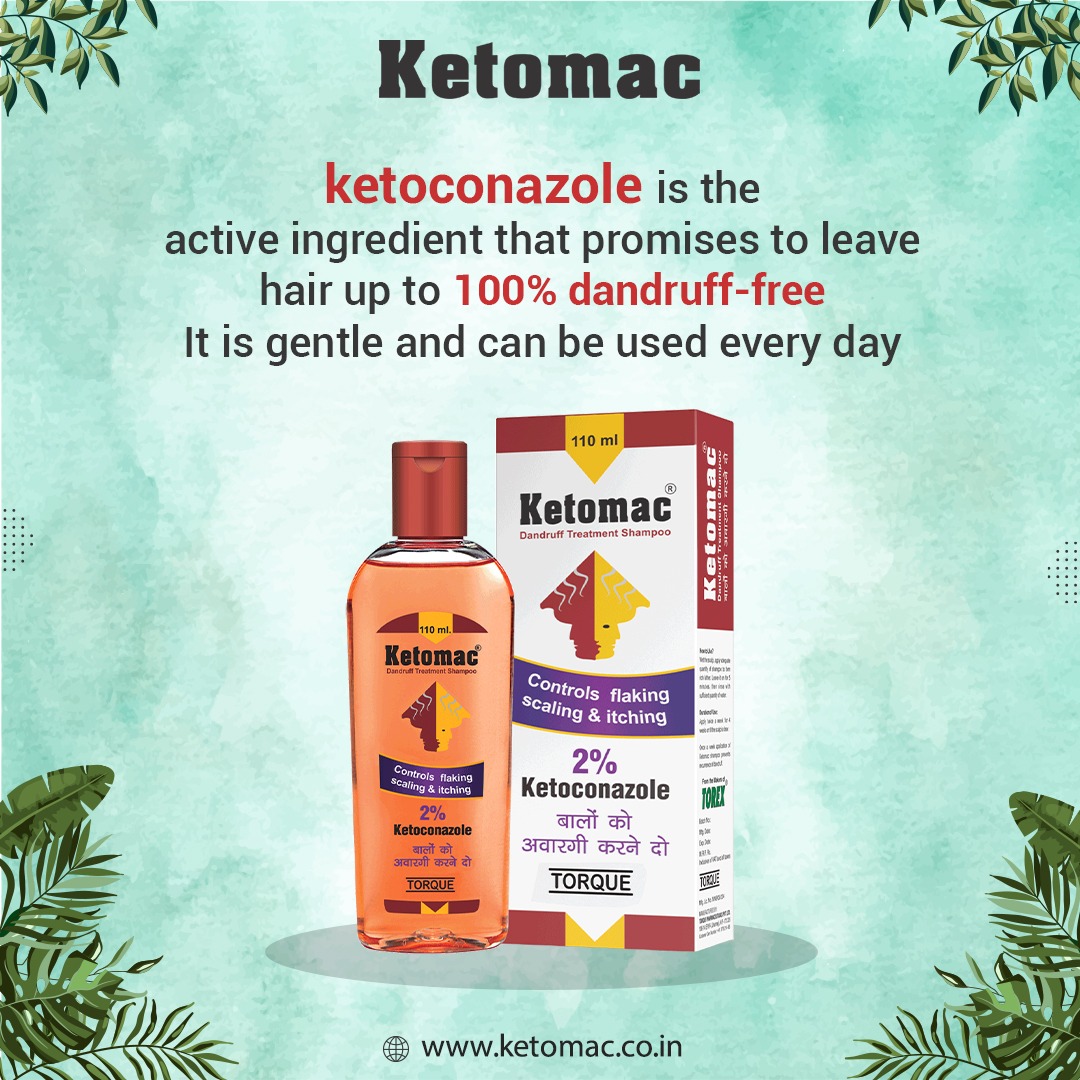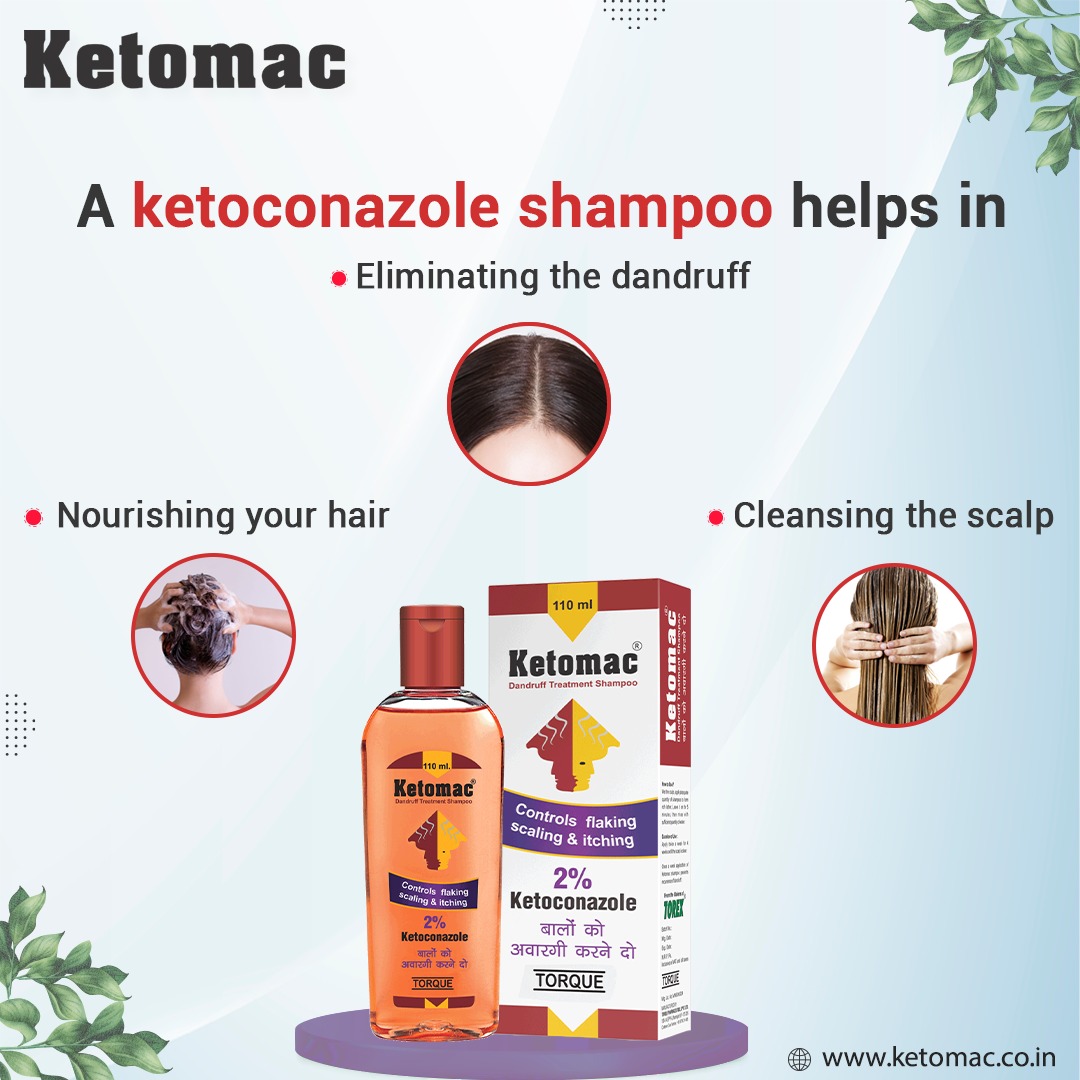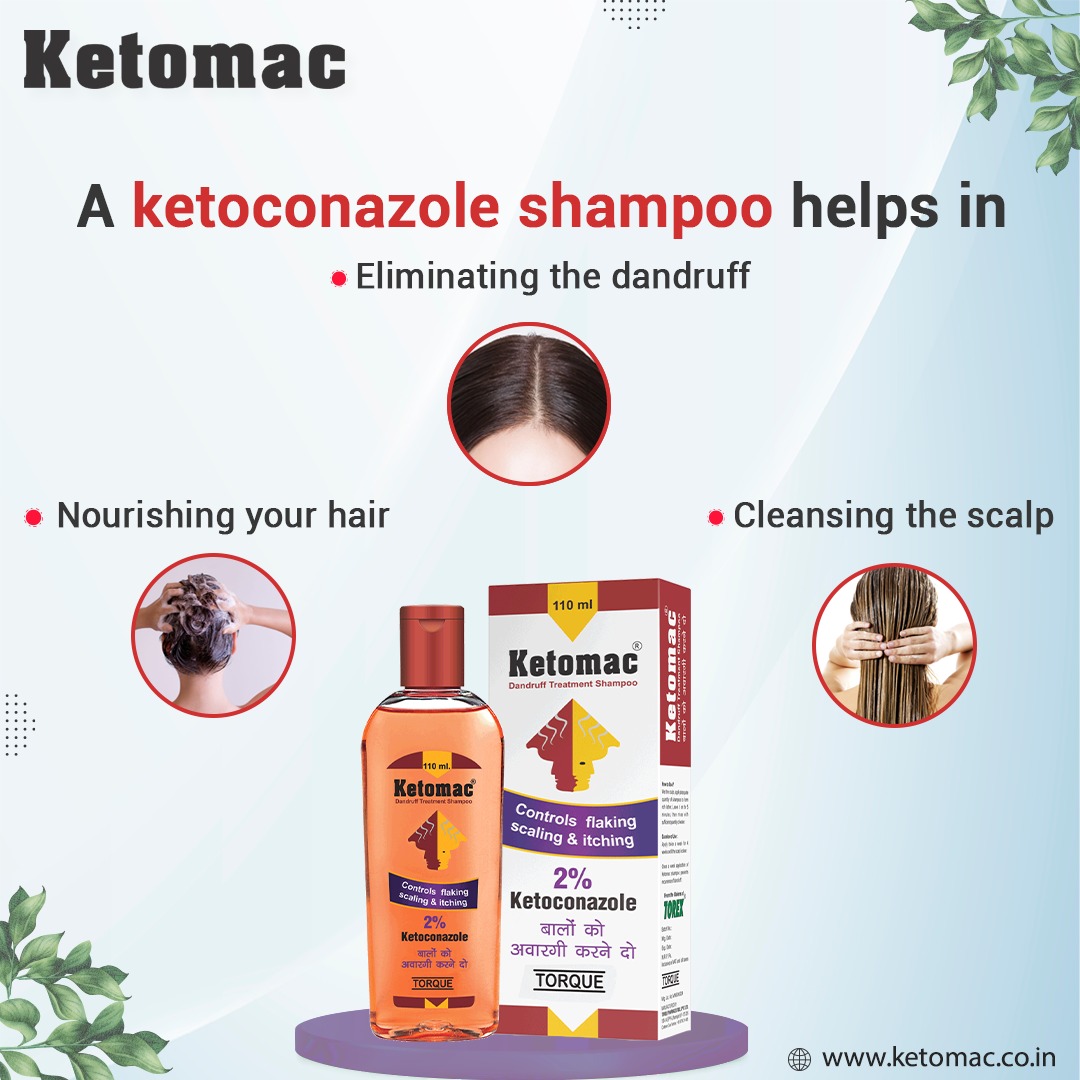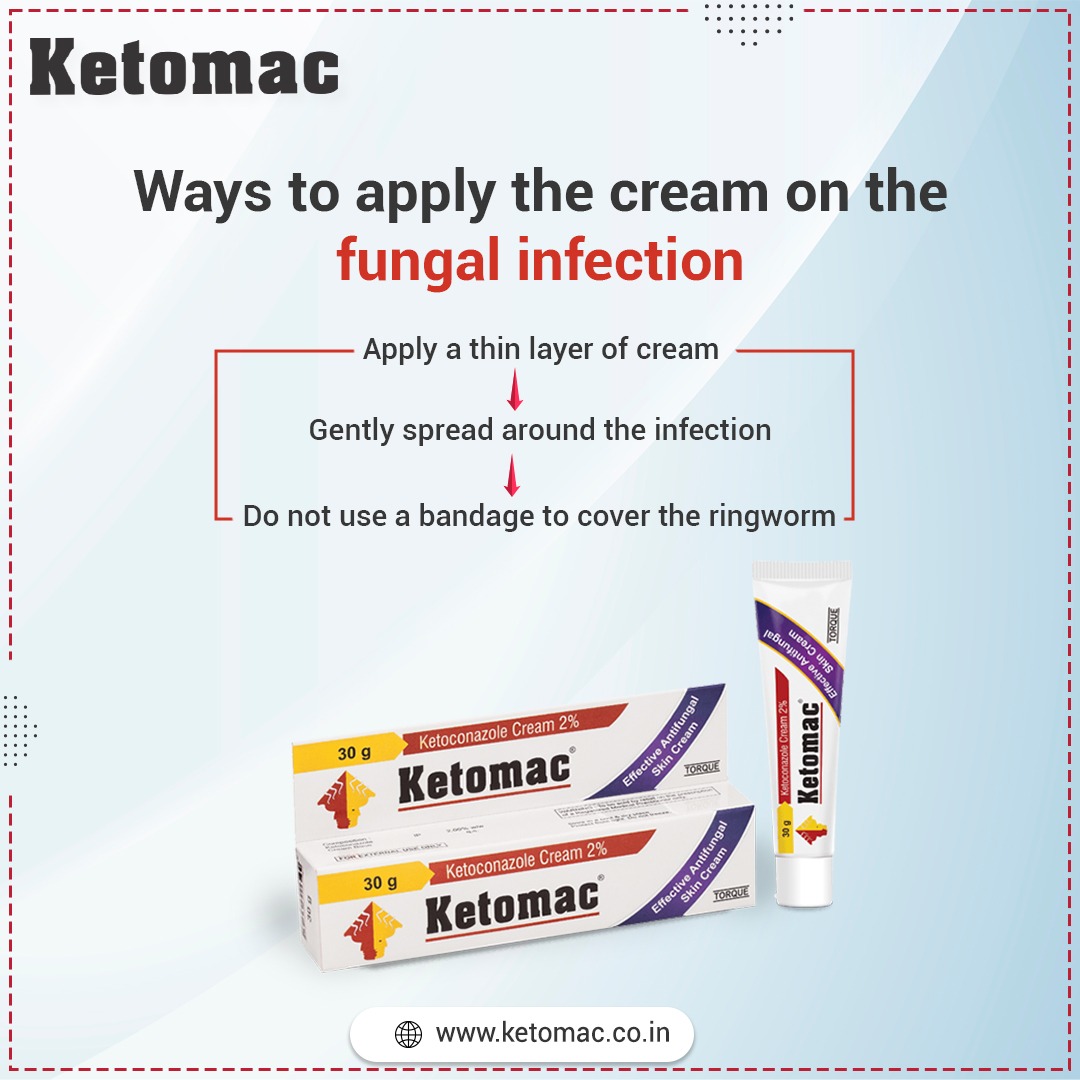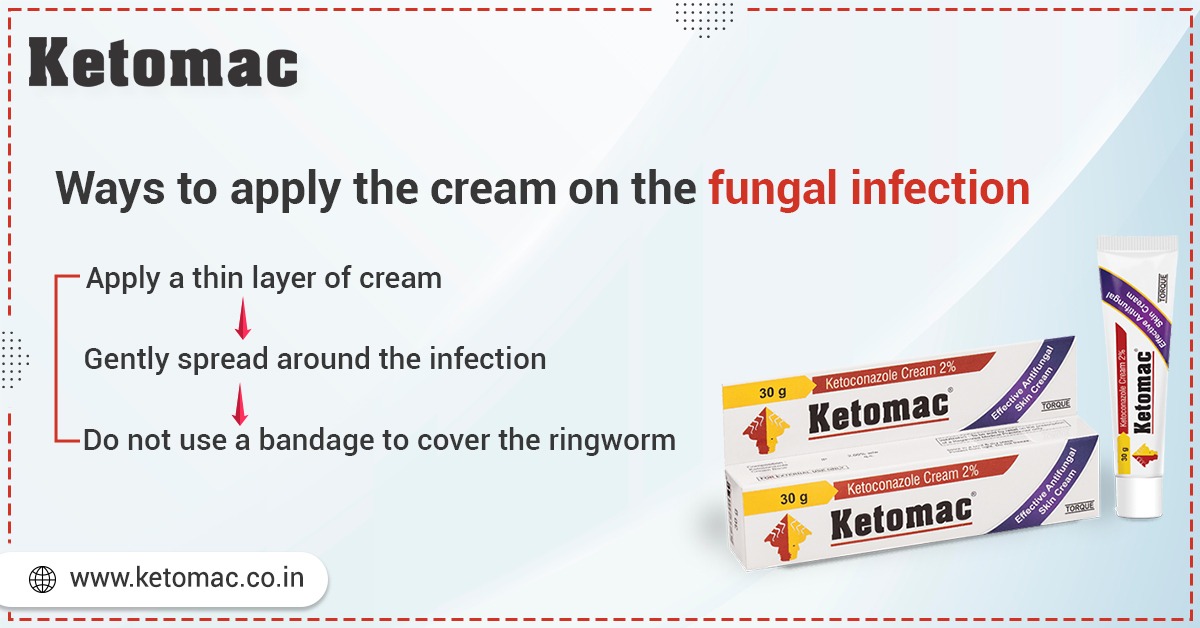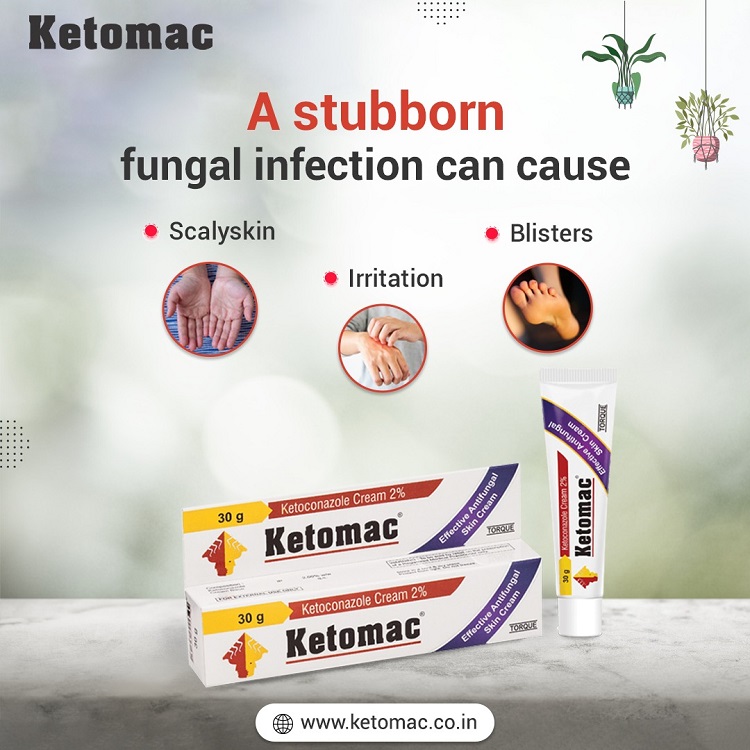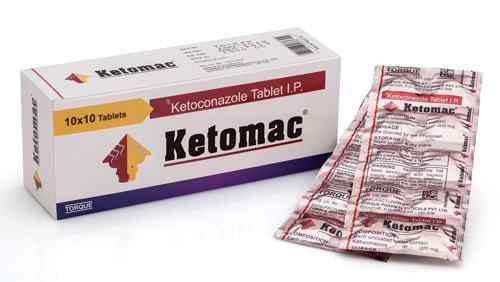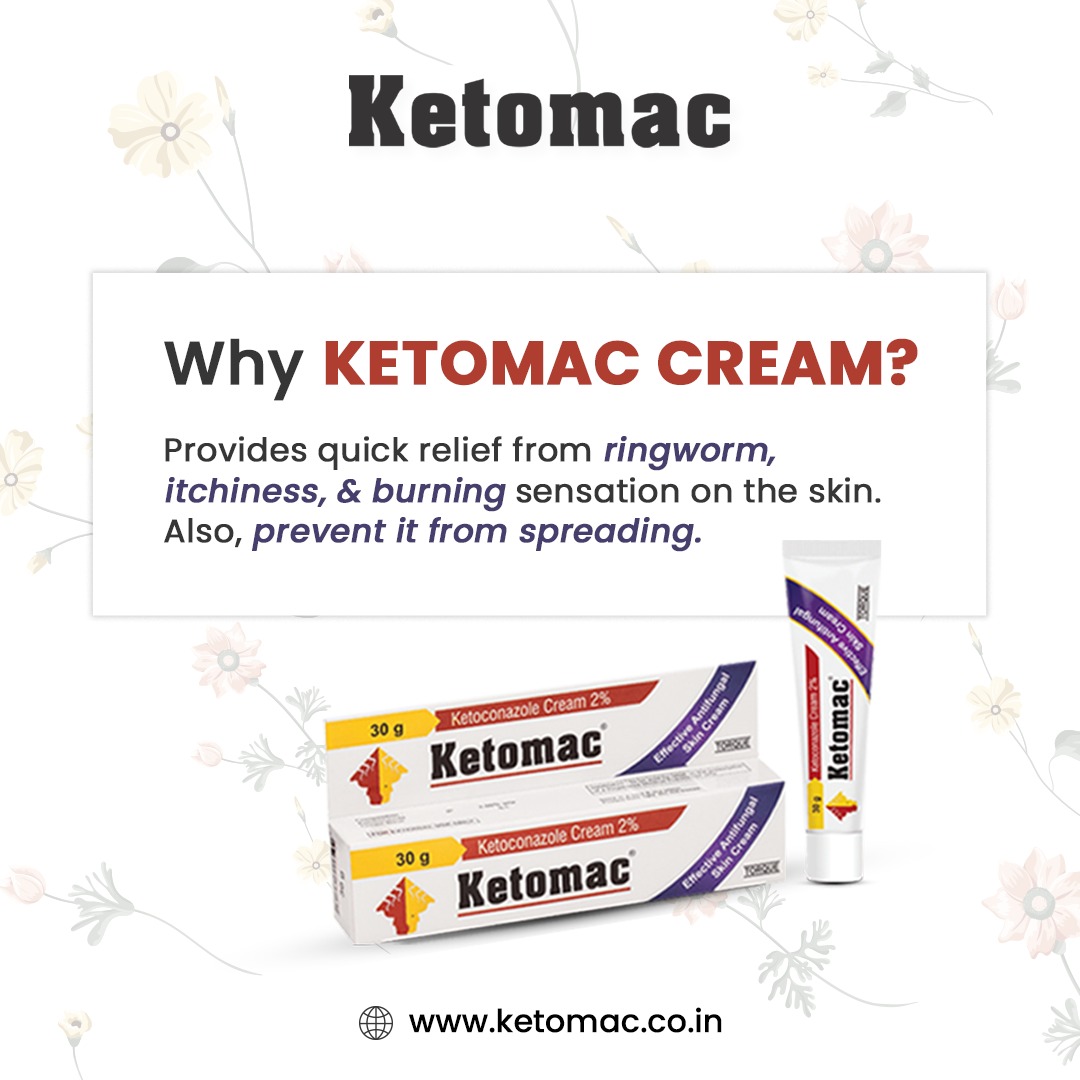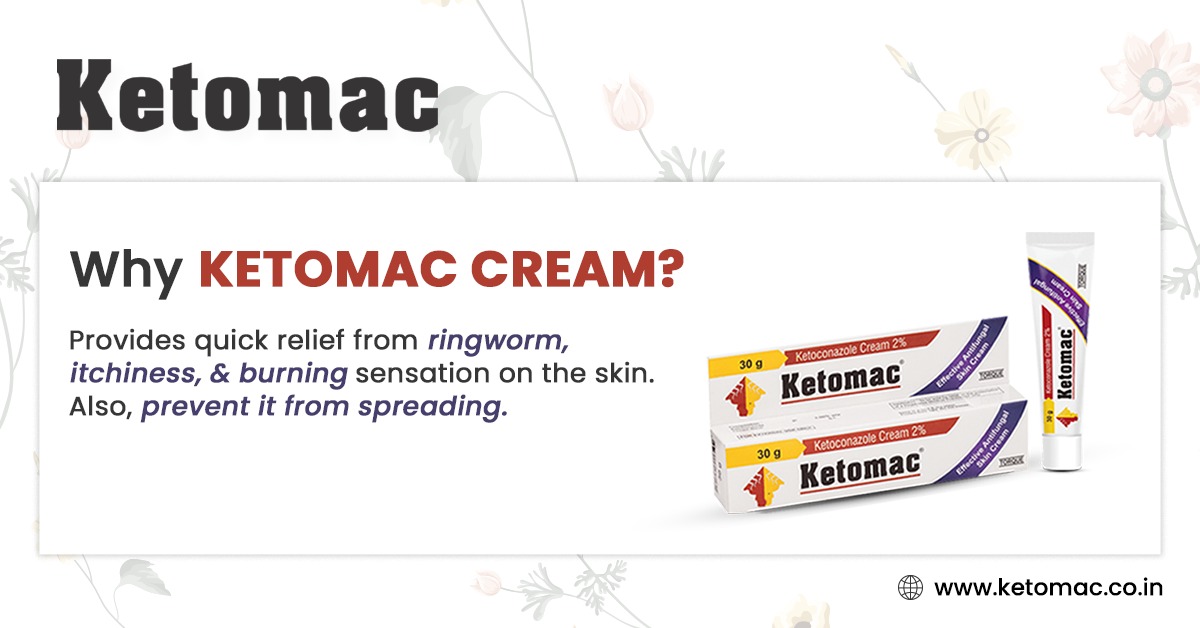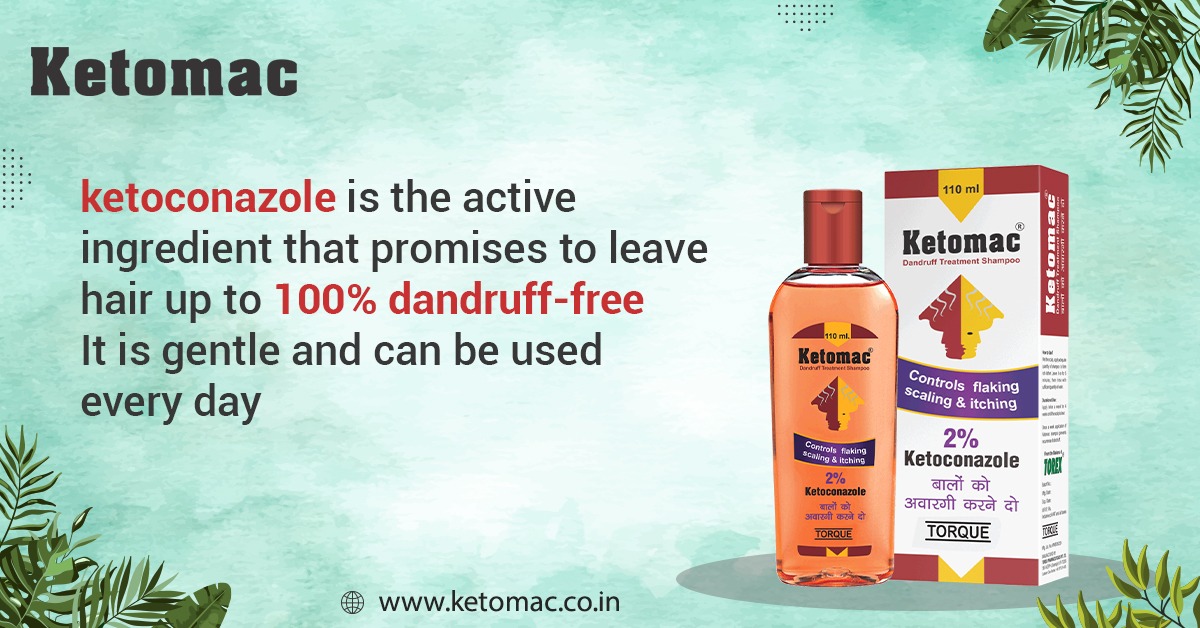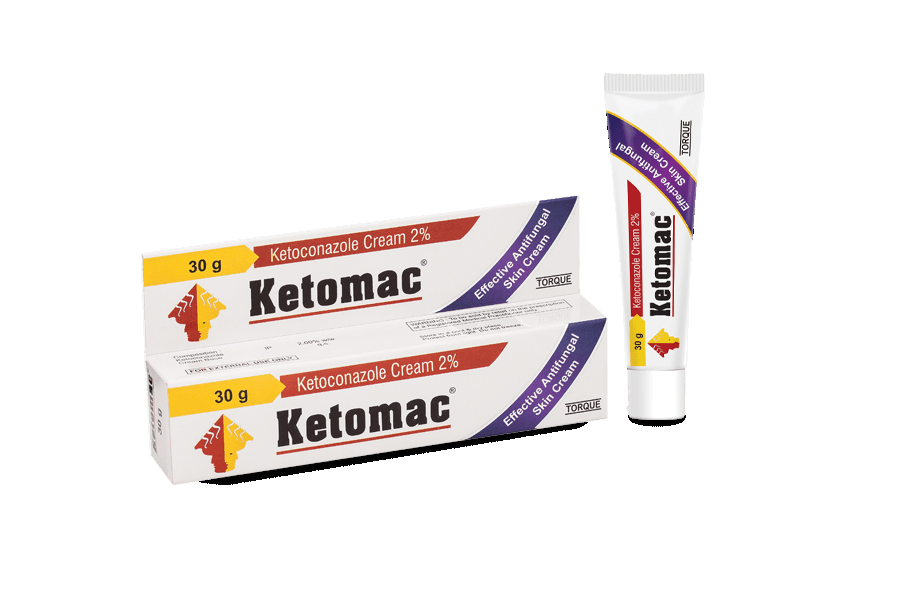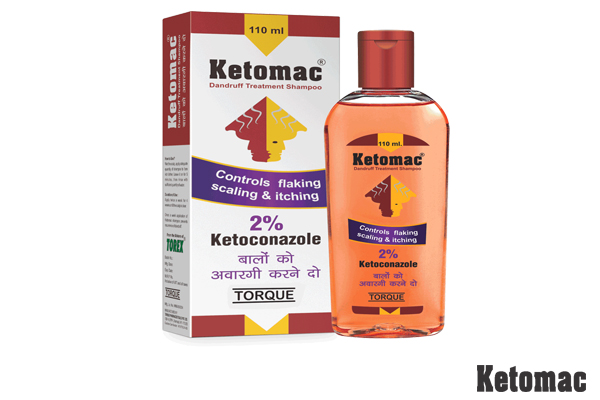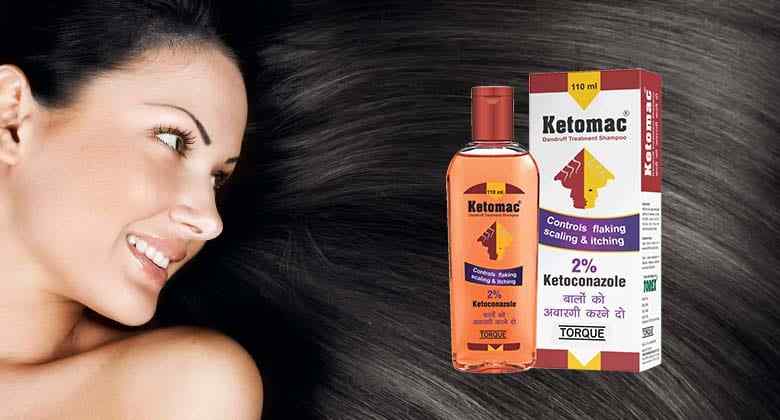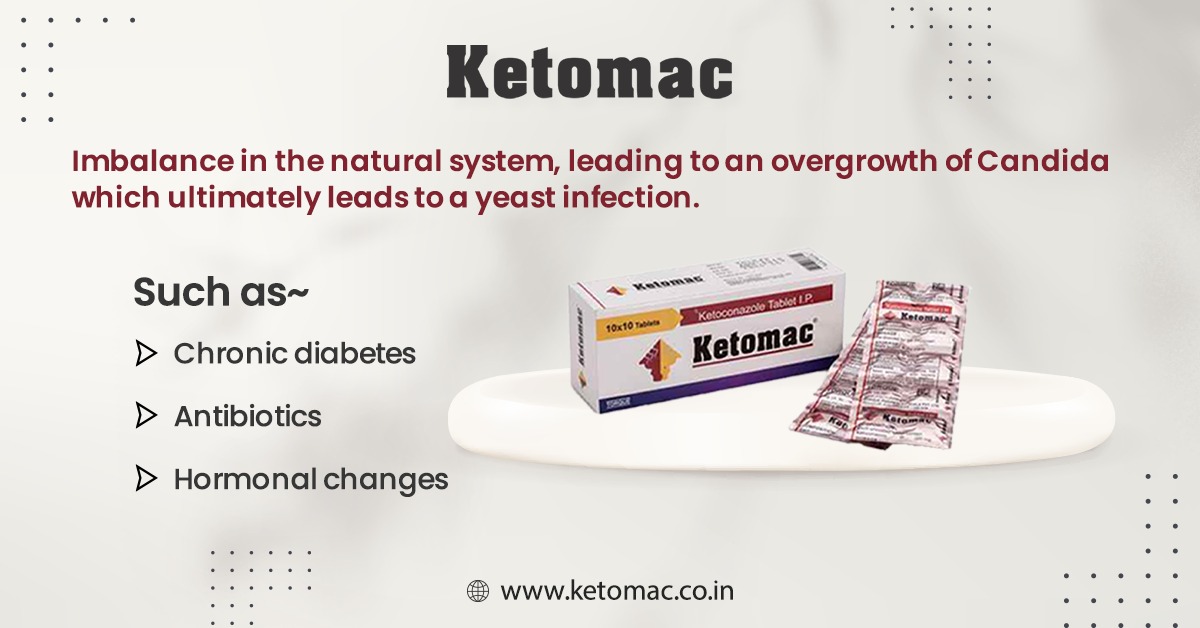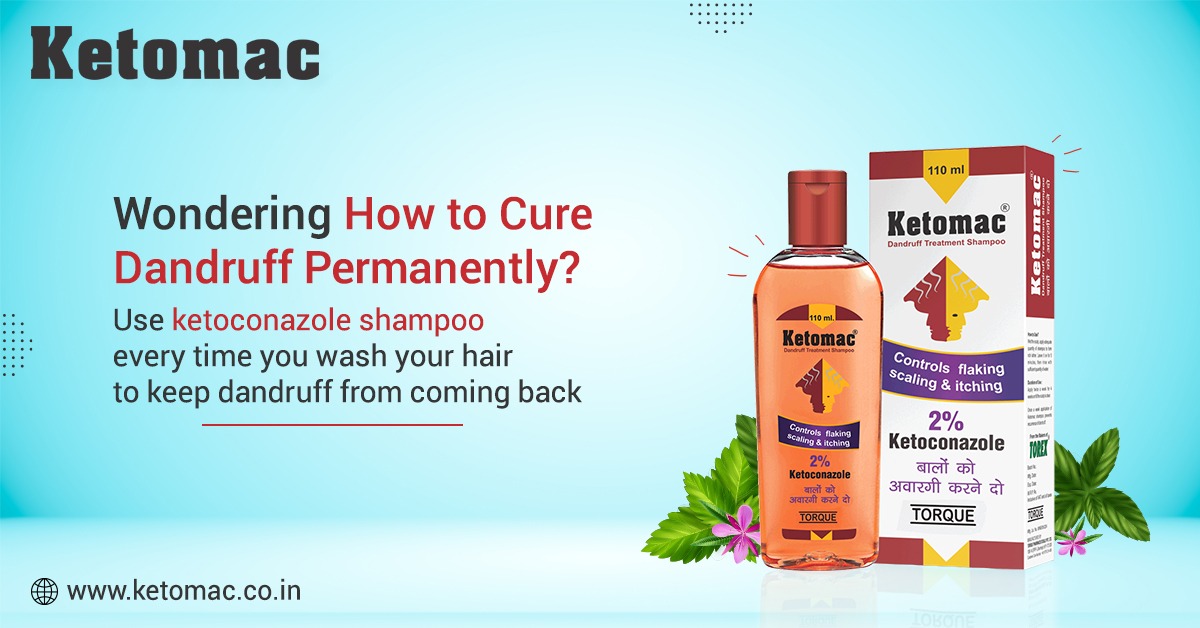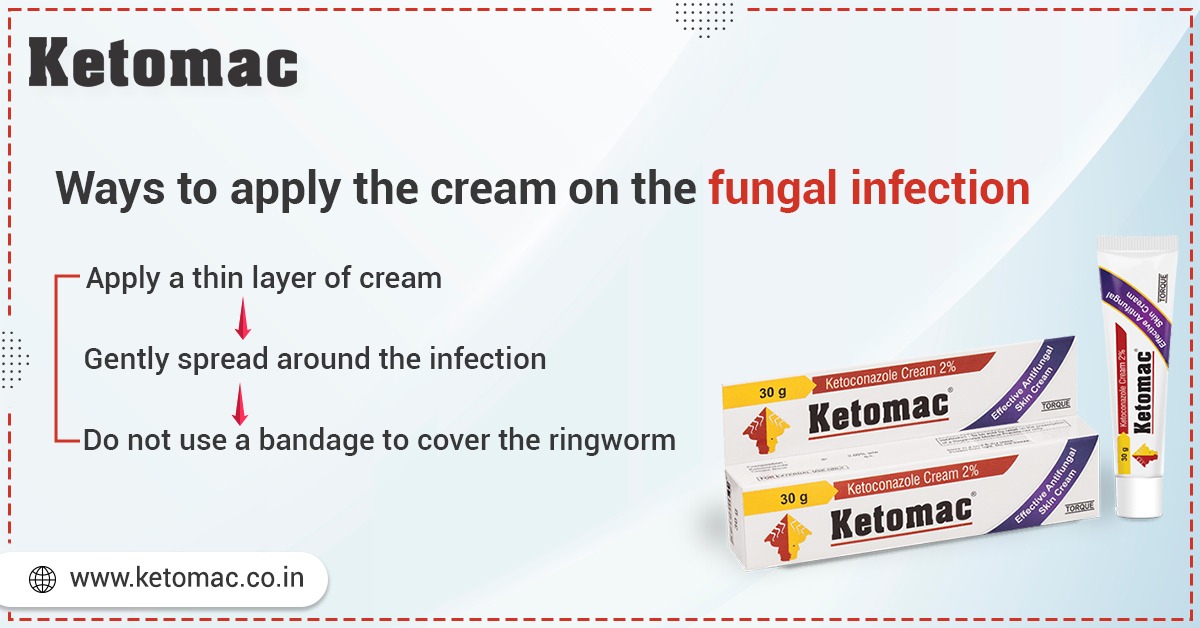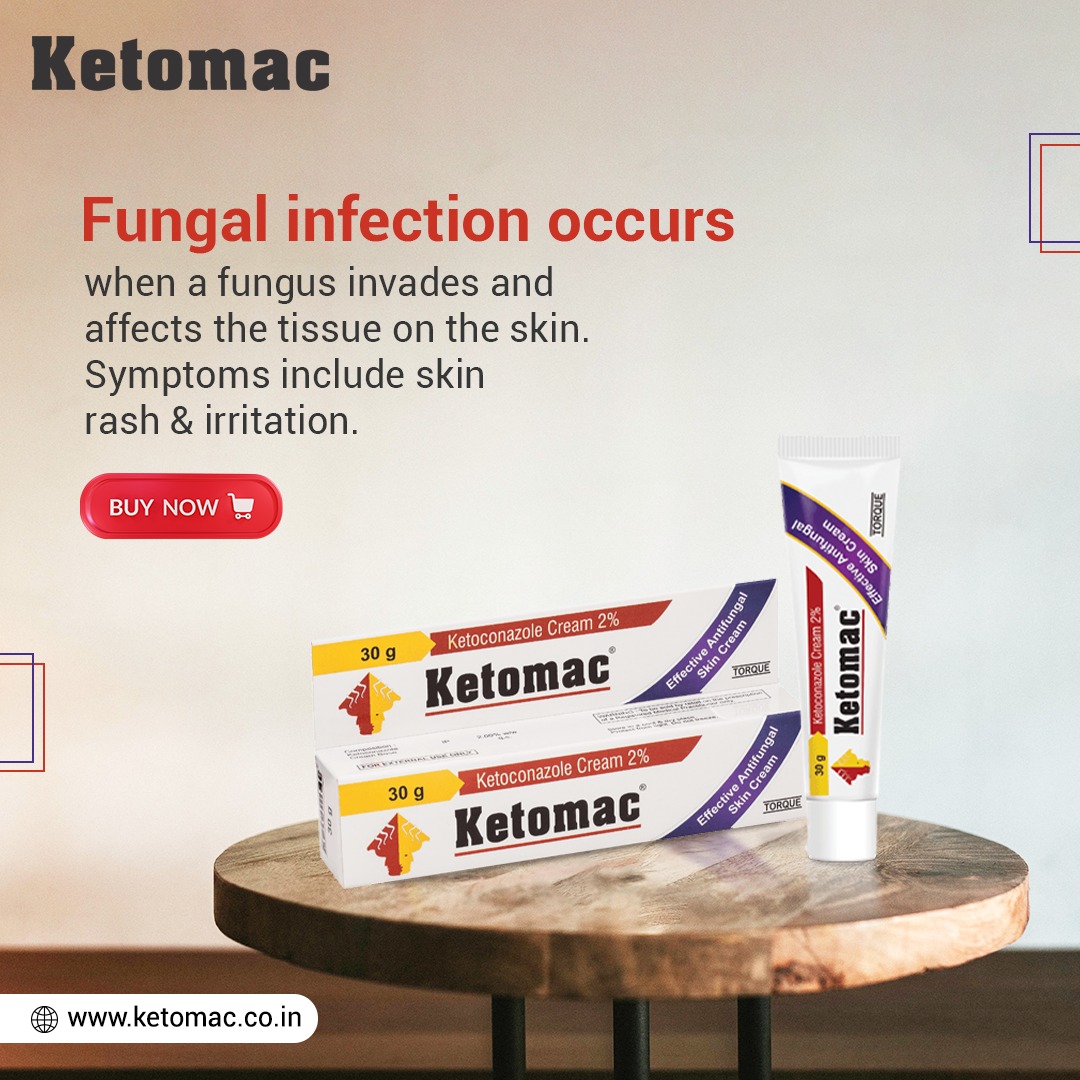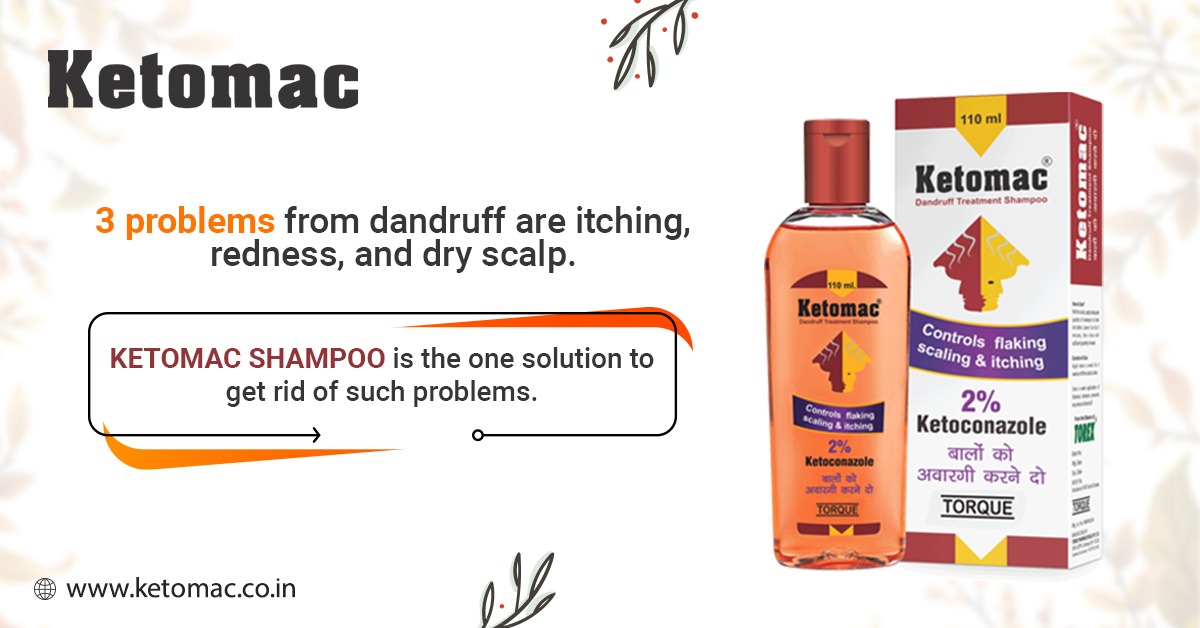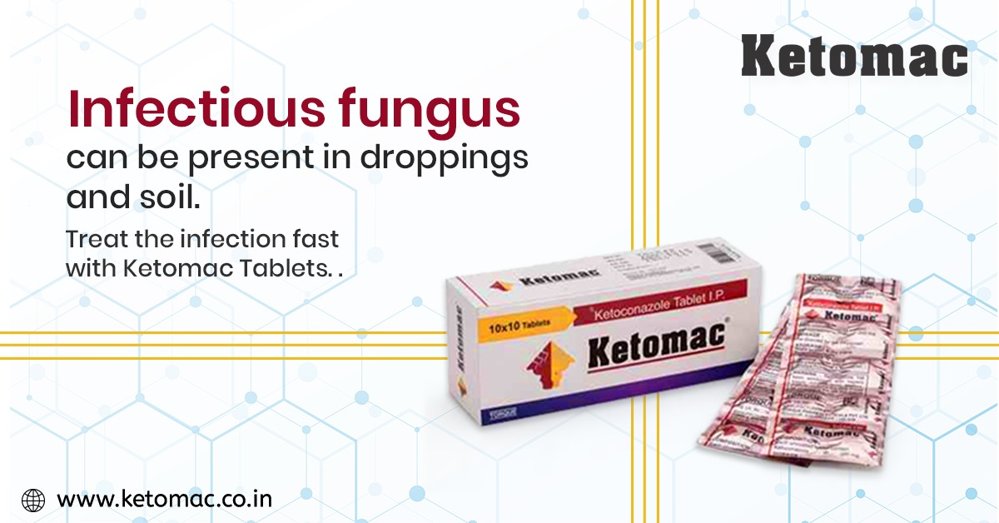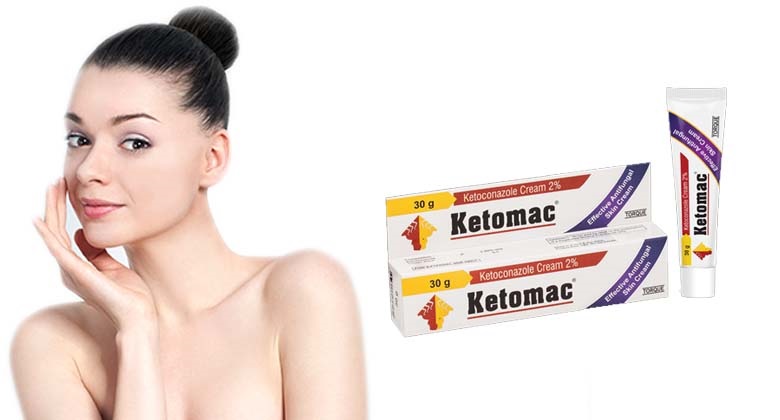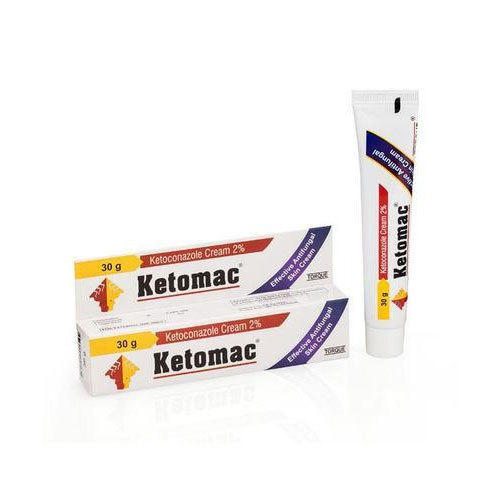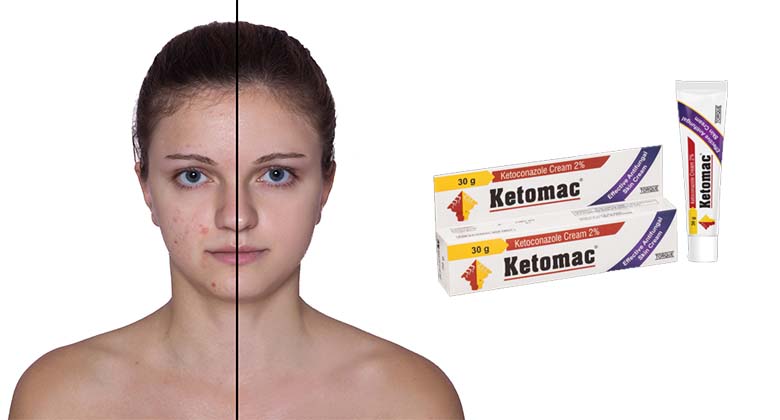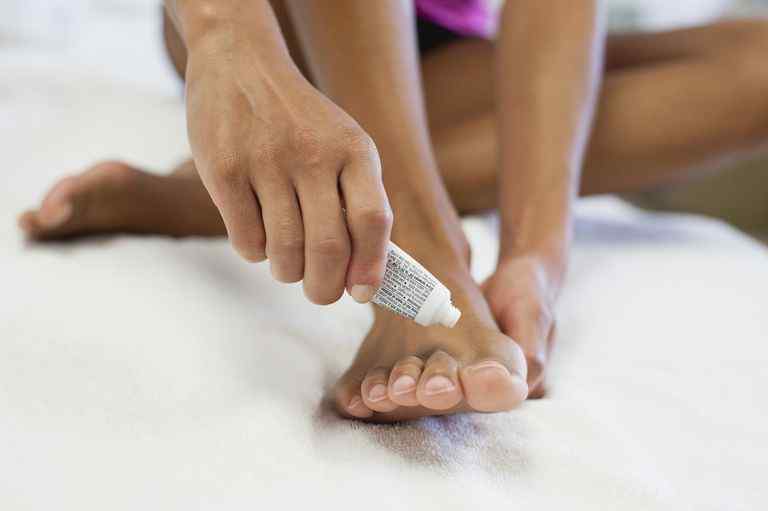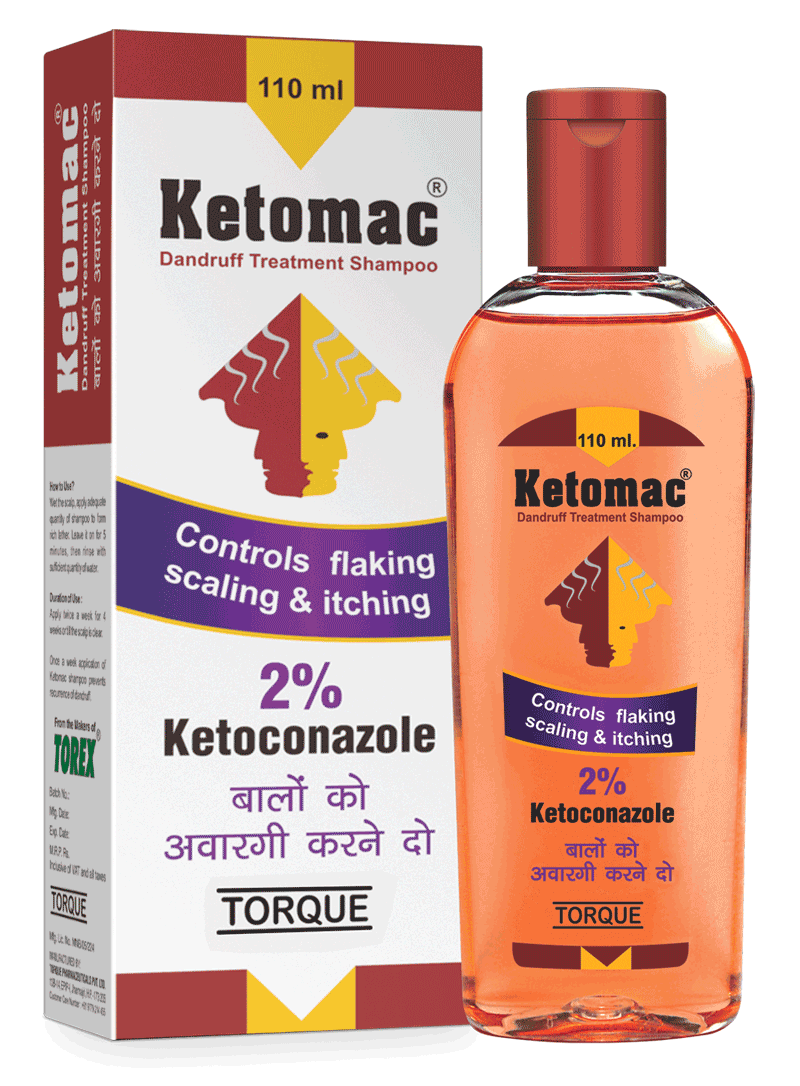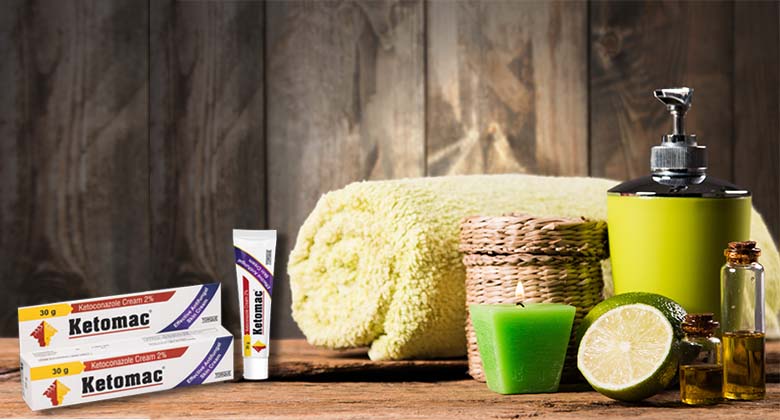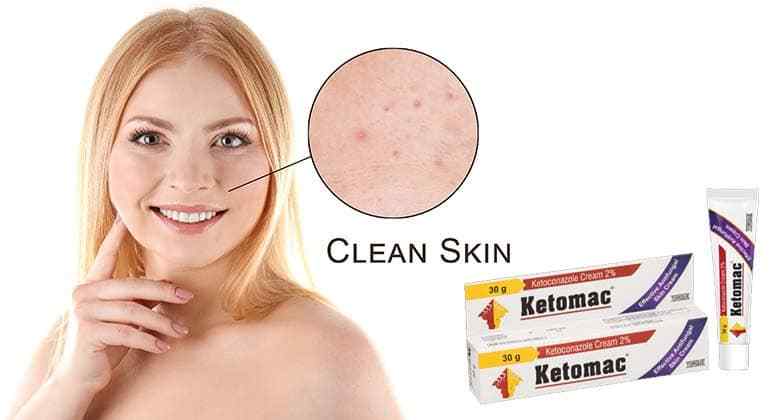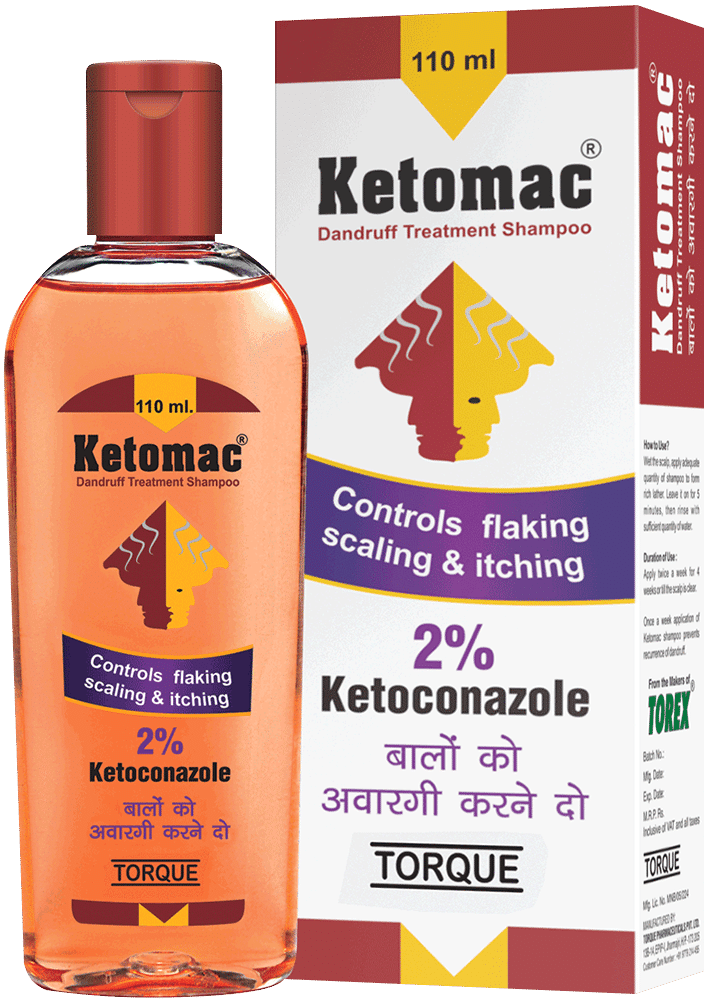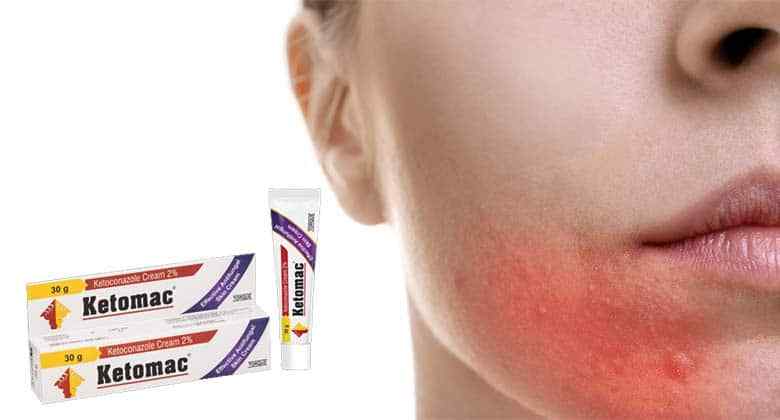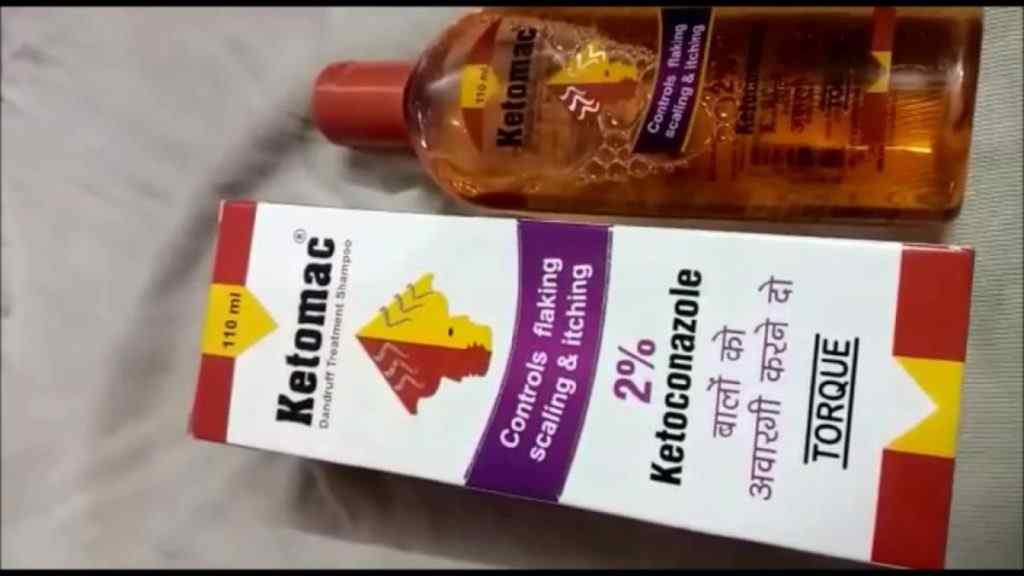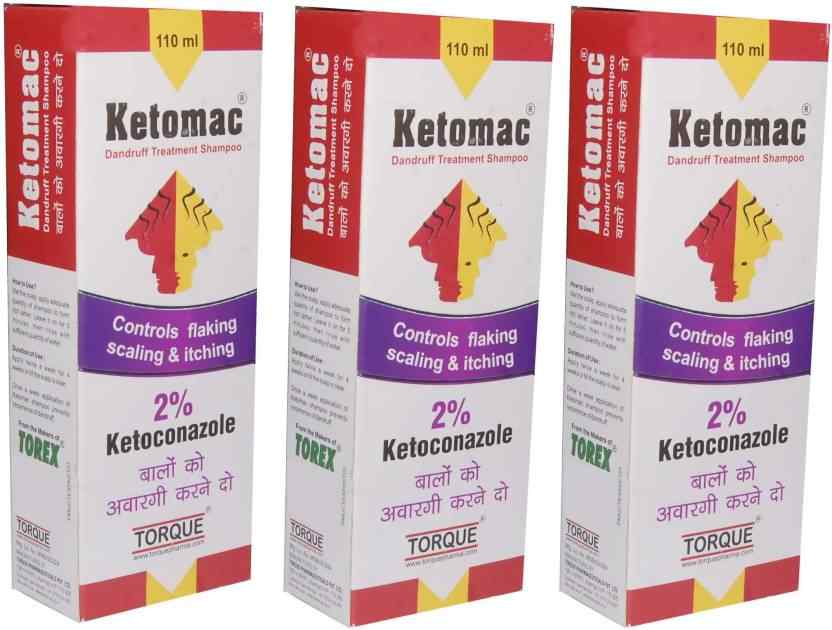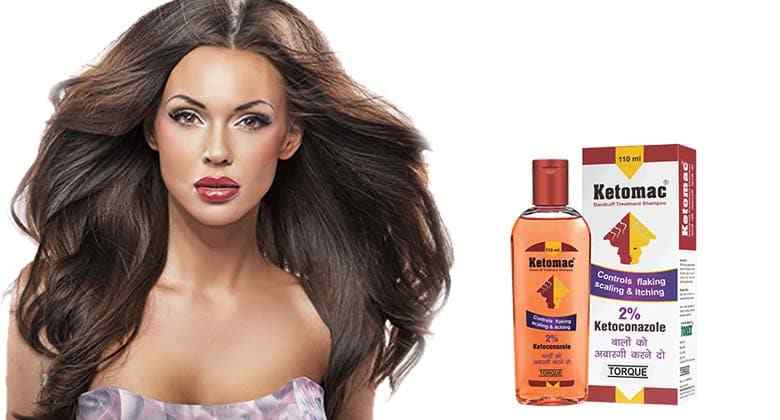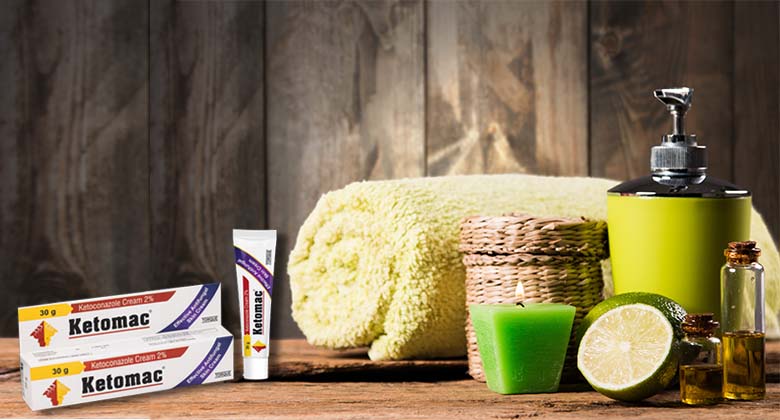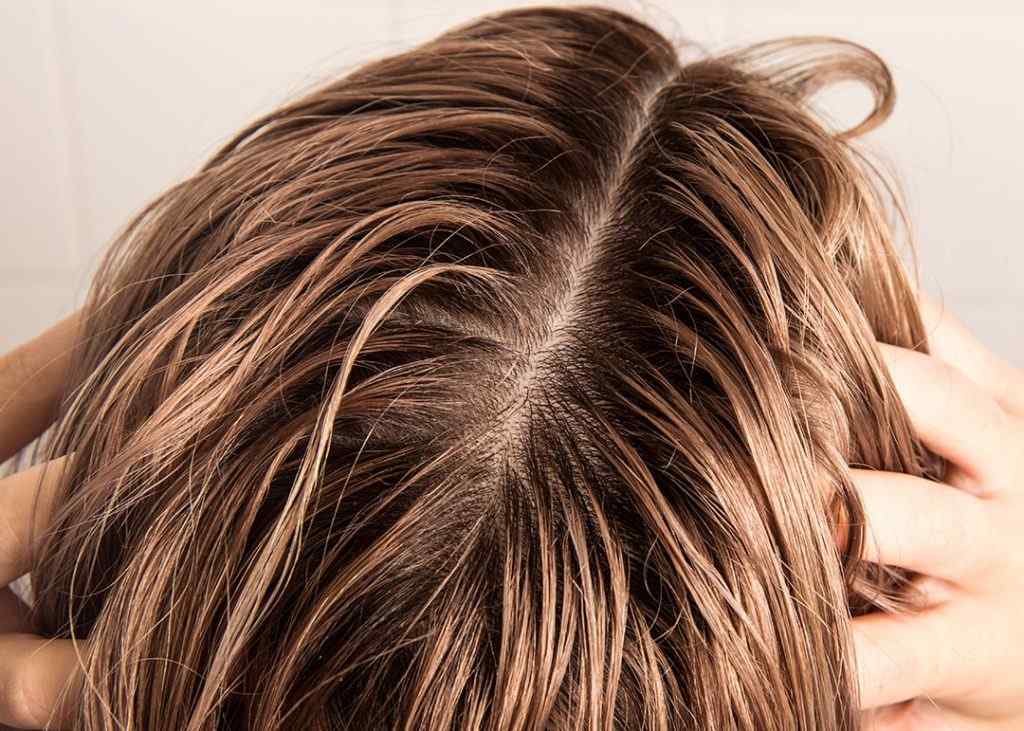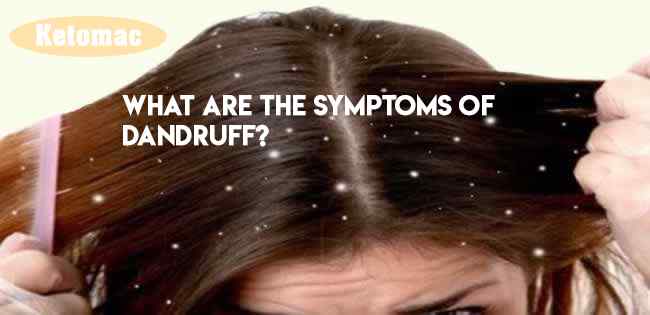Suffering from any fungal infection is not a good experience. But the good news is that most such fungal infections, including skin fungus, can be treated easily either with the help of an antifungal cream or a quick visit to your nearest chemist’s store. If you are dealing with toenails or fingernails, you might need to go a little far for the treatment. Nail fungal infections or onychomycosis might need extra care and more intense medications prescribed to you by your doctor. These medications can be in the form of oral medications or topical antifungal creams. Here you will get some helpful information about antifungal creams and how to use them.
What is a fungal infection?
A fungus refers to a type of organism that is primitive and can survive anywhere, including air, soil, plants, and water. While some fungi are helpful for you, a few can be very harmful. Harmful fungi are the leading cause of fungal infections, and these infections are widespread and primarily not severe if diagnosed and treated correctly and quickly. Although fungal infections can be treated easily, there are chances of them coming back as fungi are difficult to kill.
What causes fungal infections?
As already mentioned, fungi can survive everywhere. Fungal spores in soil and air make it easily transferrable to people. People tend to inhale these spores, or they can land on them. Thus, in most cases, the starting point of these infections is in the skin or lungs. Moreover, people with weaker immune systems are more vulnerable to fungal infections.
What is an antifungal cream?
Antifungal cream is a term used to describe various chemicals, especially designed and developed to kill or restrain the development of fungal cells in different parts of your body. The most common types of antifungal creams are readily available in various shops. They don’t need a prescription, but some creams of higher strength or some combination medications can be purchased on prescription only. For instance, in cases of toenail fungus, the doctor will prescribe you more potent medications such as nail fungal infection treatment cream. Such medications are effective and can offer a great deal of relief.
You must be careful in dealing with a fungal infection. If you have a fungal infection, you must avoid treating it by yourself with the help of anti-biotics that you already own. It is important to note that fungus and bacteria are not similar, and therefore, a fungus will not respond to antibiotics. By taking such impulsive decisions, you will only endanger your health due to the consumption of unnecessary medications.
How does antifungal cream work?
Based on the exact chemical used in the antifungal cream, these creams usually function by blocking certain integral parts of the cell growth of the fungus or its reproduction. Most antifungal creams block a specific cell membrane component known as ergosterol or block cell division or DNA synthesis. These creams have specific targets, which means they target the fungal cells only and not the host you are.
How much time do antifungal creams need to work correctly?
If you are looking to treat fungal infections on the skin, such as ringworm, the antifungal treatment might take around 2 to 4 weeks to show results and the fungus to get cleared. Suppose you have opted for some over-the-counter treatment and have not seen any results. In that case, you should consider getting your infection checked by a doctor who prescribes the most appropriate medications. If you are dealing with severe infections like toenail infections, you should first consult the doctor and avoid using over-the-counter solutions. Toenail fungus may take a lot longer to heal than other types of fungus, which is around 12 to 18 months.
How is an antifungal cream applied?
If the antifungal cream is used to treat topical skin infections, you have to apply the cream on clean and dry skin at least once or twice every day. Try to follow this simultaneously each day until the infection is healed and cleared, or you can follow your doctor’s instructions for applying the cream. But if the cream is used to treat toenail or fingernail fungus, you must soak your nails in warm and soapy water, which will help your nails loosen and open up. After soaking, apply the nail softening cream for the fungal infection to the infected area once or twice daily and let it dry. When it comes to antifungal creams, results can be acquired only through consistent use.
Where can you find antifungal creams?
There are numerous over-the-counter products available. Among the options available, Ketomac is one of the best. It’s a reliable and trusted brand. However, suppose you are unsure which antifungal cream would suit you and your condition. In that case, you should consult a pharmacist or visit your nearest pharmacy for recommendations before purchasing any cream. In severe fungal infections, however, you must consult a doctor.
How are antibacterial and antifungal creams different?
- Target:
The target of both these creams is the primary difference between them. As the name suggests, the main target of antibacterial cream is bacteria. On the other hand, antifungal cream mainly targets fungi. These microorganisms can cause serious harm to human beings and any other type of living organism. Getting rid of these microorganisms requires different approaches. Antibacterial creams work toward eliminating bacterial causes in a specific spot, but these creams do not work against fungus. Similarly, antifungal cream is designed to kill fungus and is ineffective against bacteria.
- The course of action:
Some of the most effective antibacterial medications include antibiotics. These kill the bacteria by hindering the ability of the bacterial strain to reproduce itself, after which it breaks down the walls of the cell, as a result of which the organism collapses. Antibiotics are usually very effective for the majority of infections. Hand washes and antibacterial soaps are some of the products that contain harsh astringents that help destroy different bacterial cells when it comes in contact with them.
The primary function of the antifungal creams is to kill the fungal cells by destroying the cell’s walls, and as a result, the contents of the fungal cells get leaked, causing the cell’s death. Such creams also prevent the reproduction and growth of these fungal cells.
- Conditions they treat:
The conditions treated by antibacterial creams are boils, carbuncles, MRSA infections, impetigo, folliculitis, etc. At the same time, the conditions treated by antifungal creams include vaginal thrush, jock itch, ringworm, athlete’s foot, fungal nail infections, cutaneous candidiasis, and various kinds of dandruff.
The above information must have helped you learn about antibacterial creams and their uses. Now, you know what you need to do in case of a fungal infection. For easy relief, go for Ketomac antifungal cream, which is highly effective against fungi.



